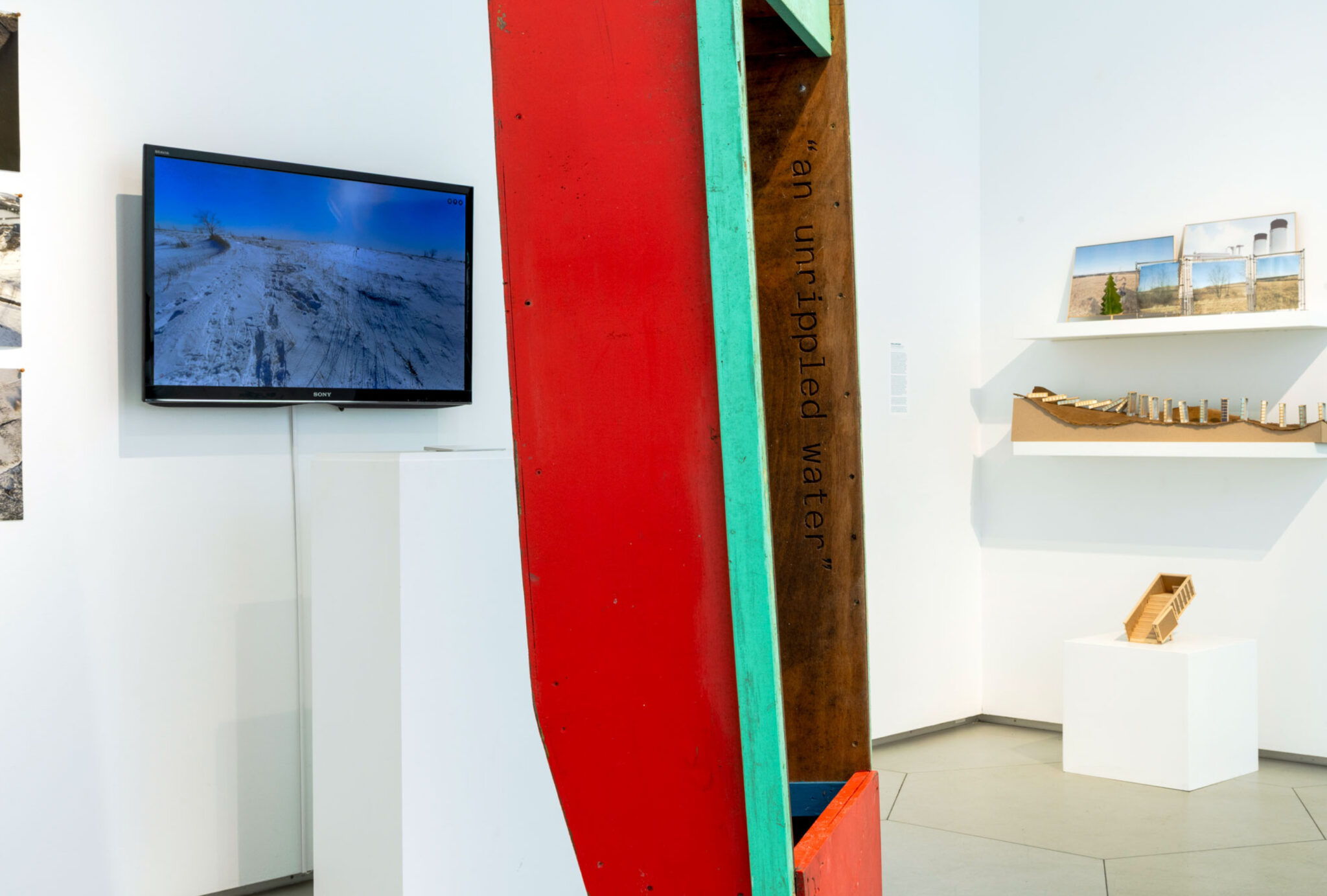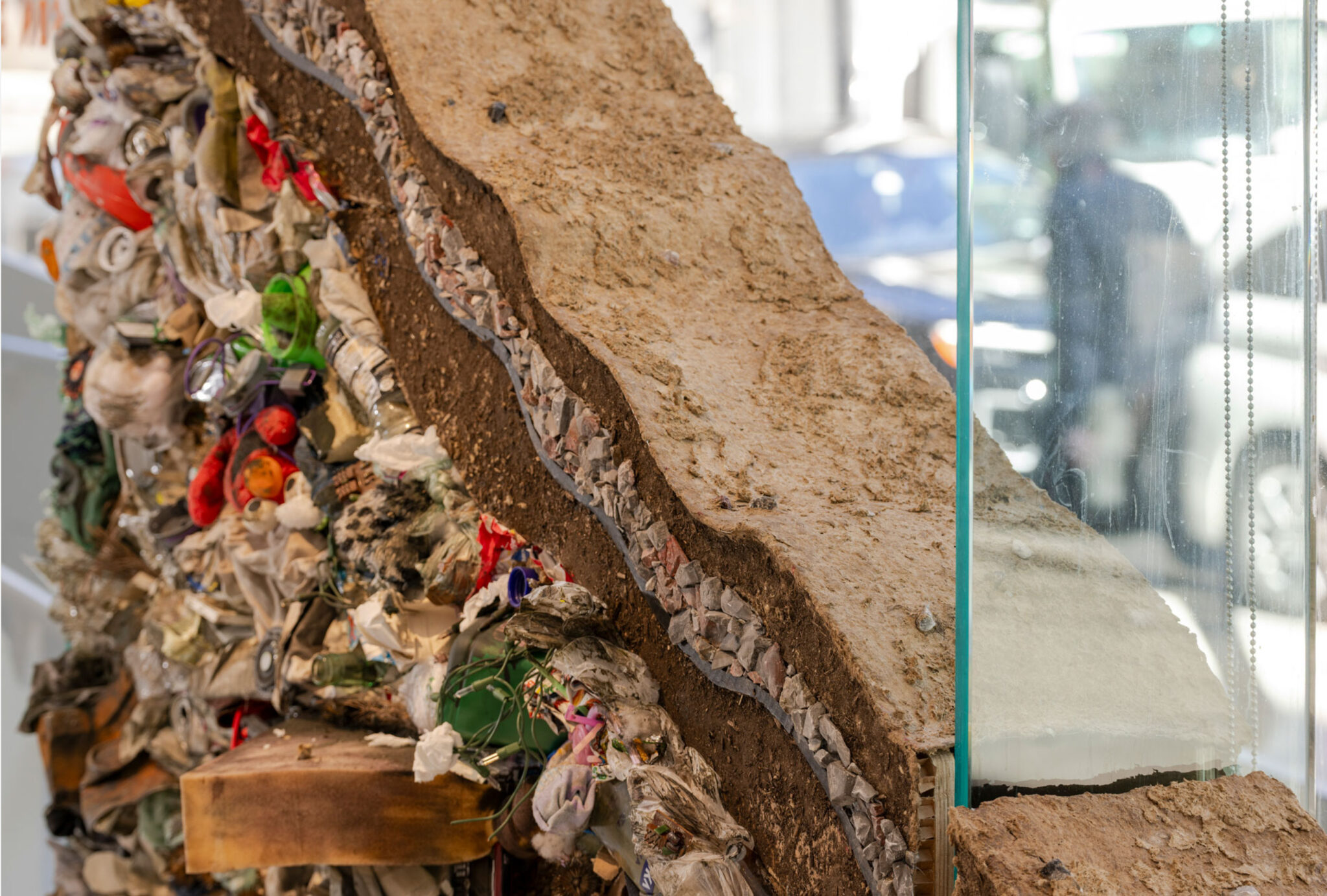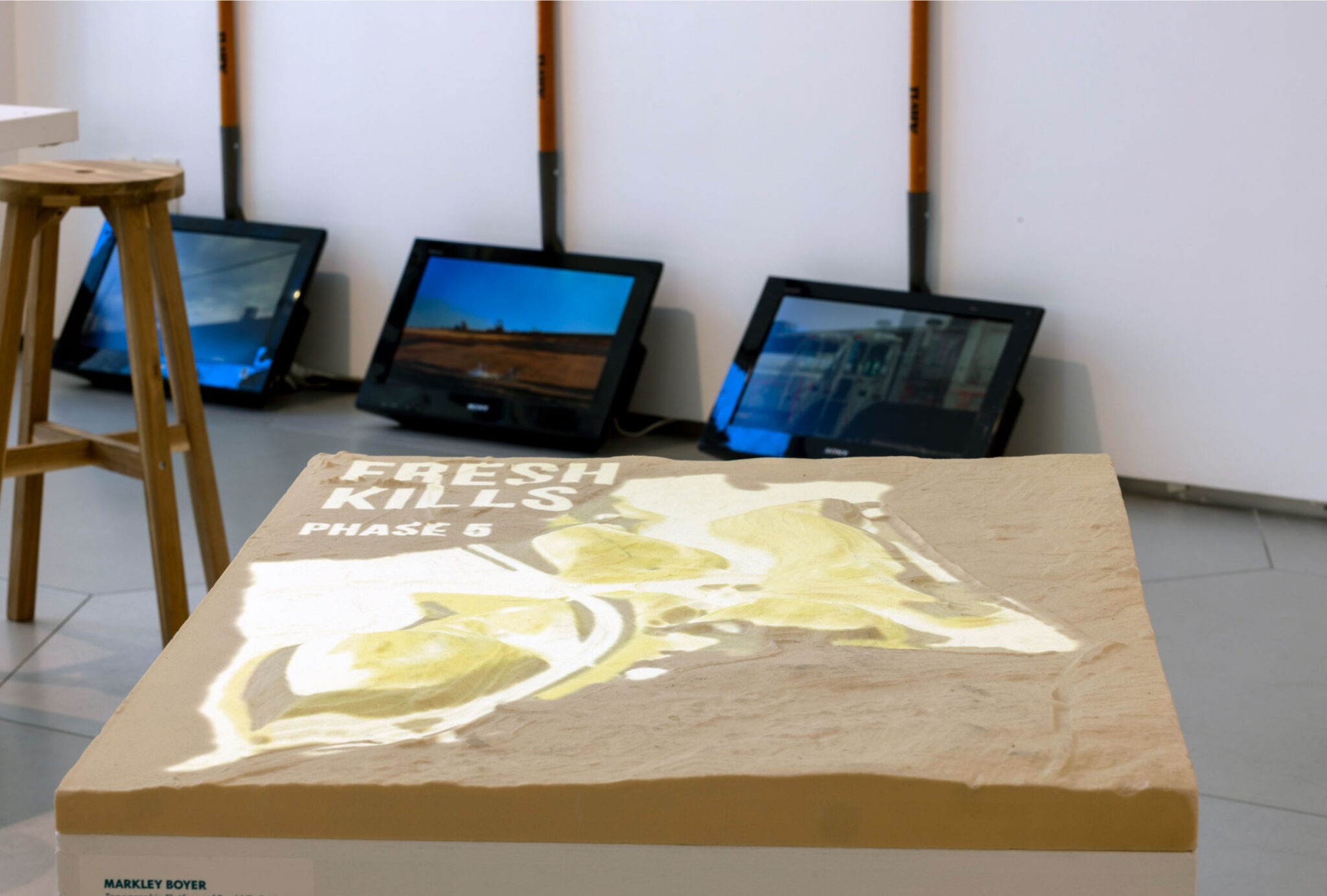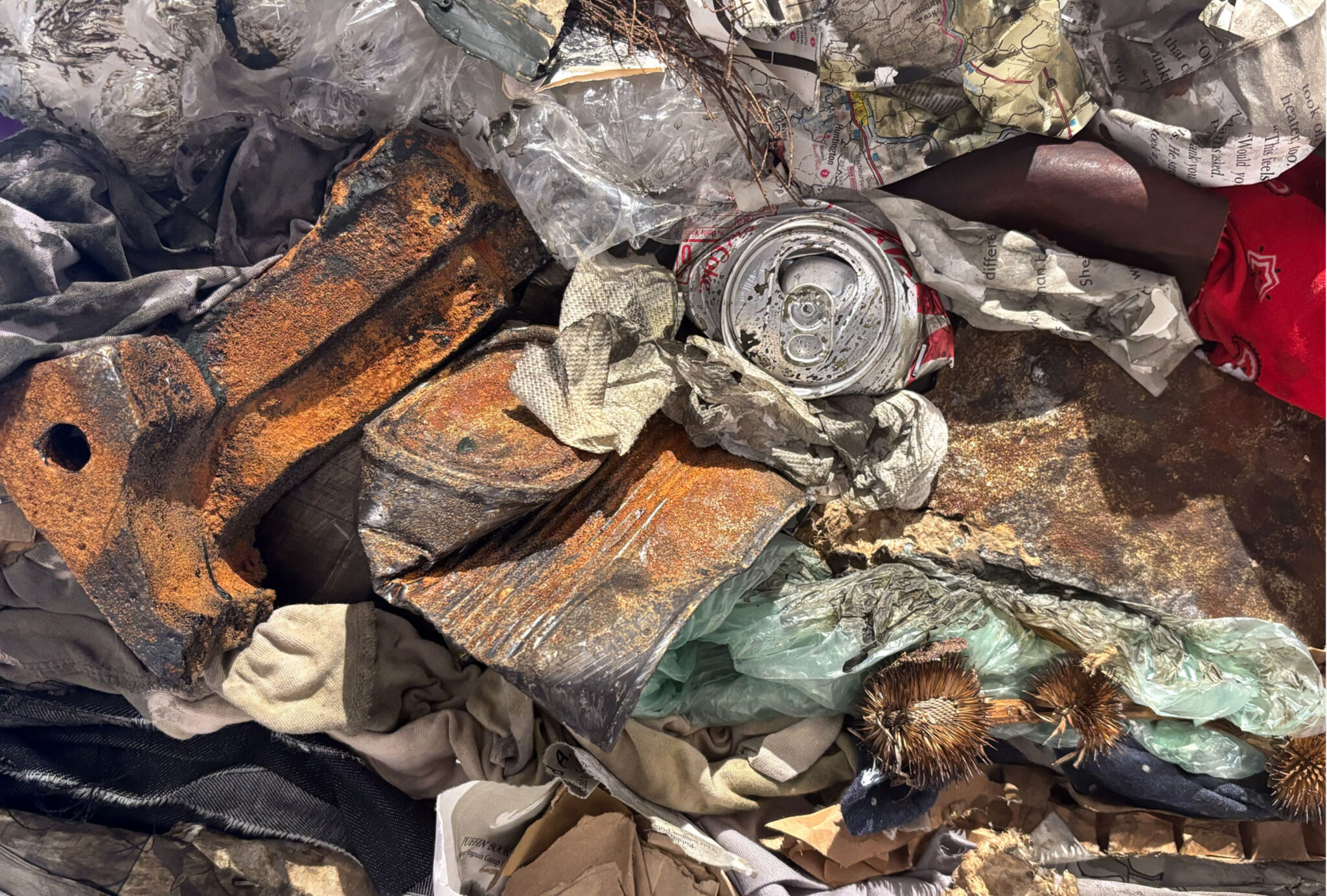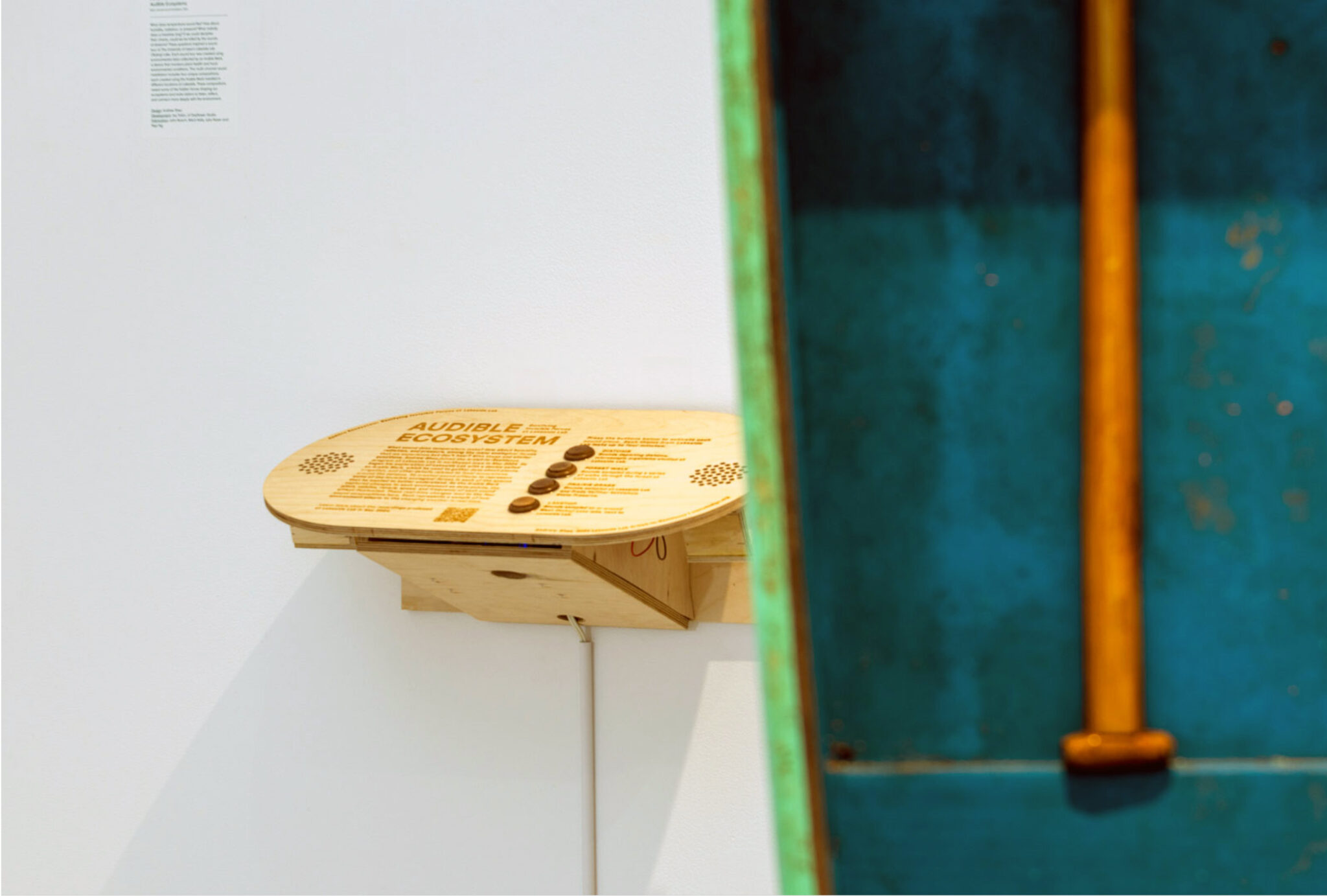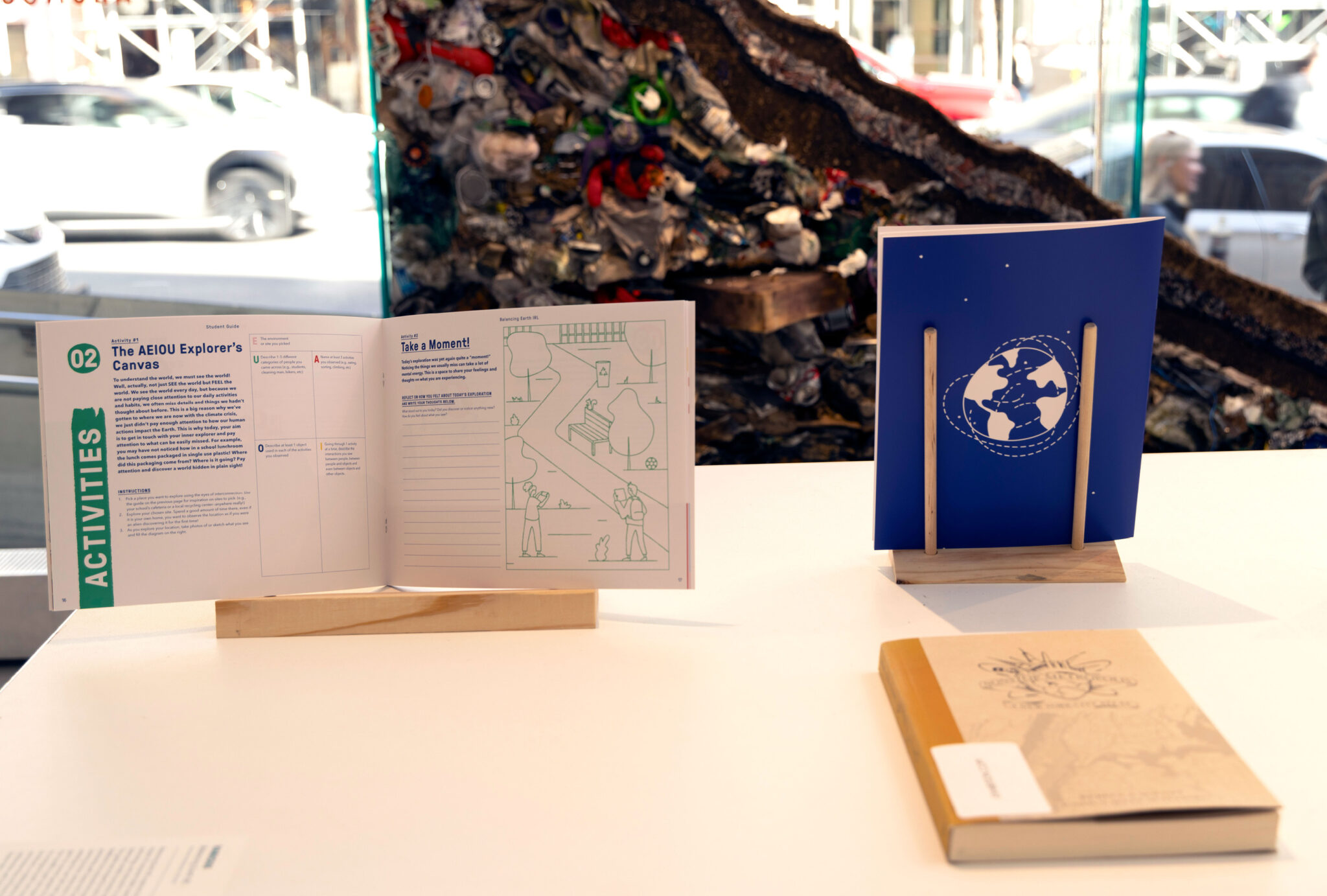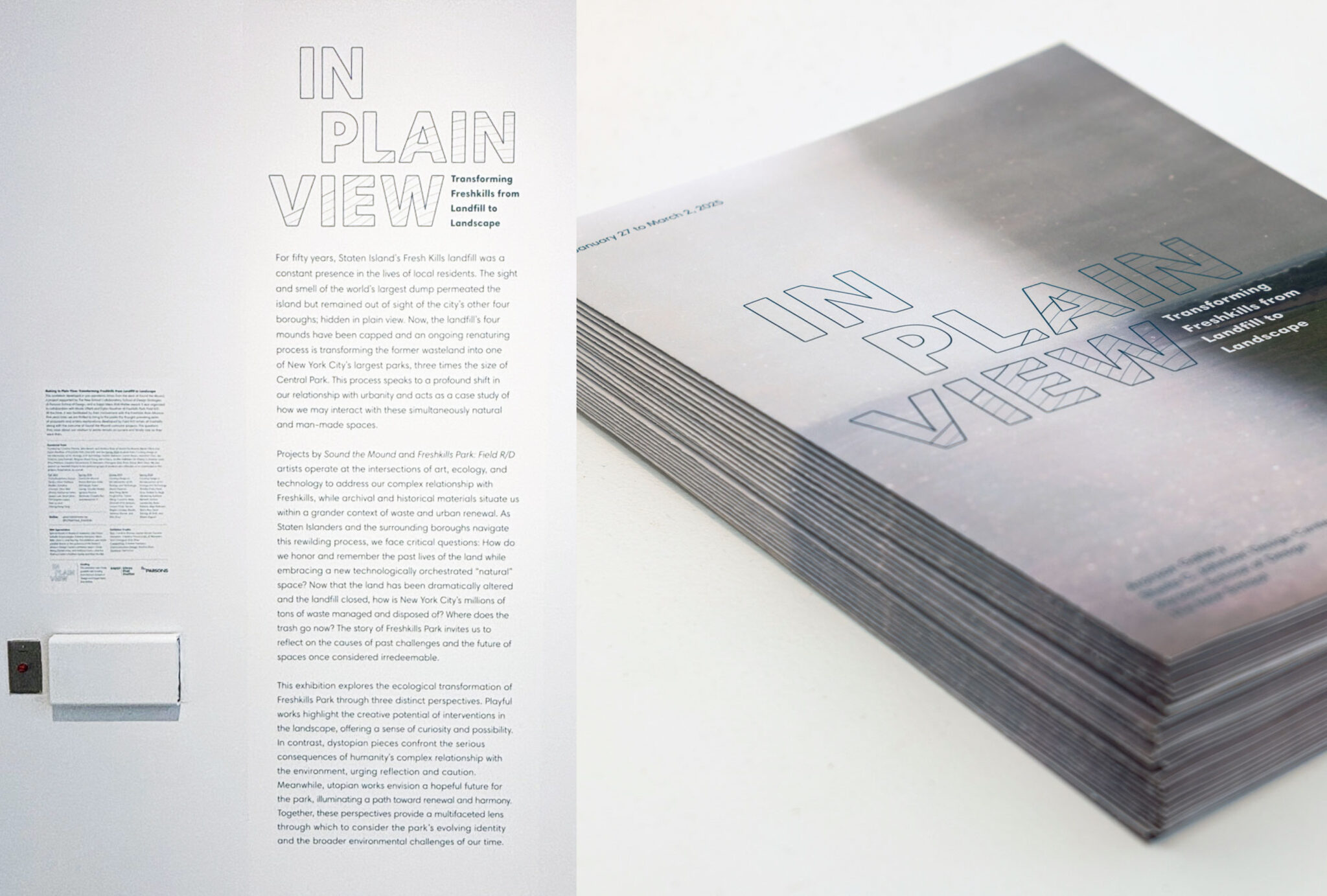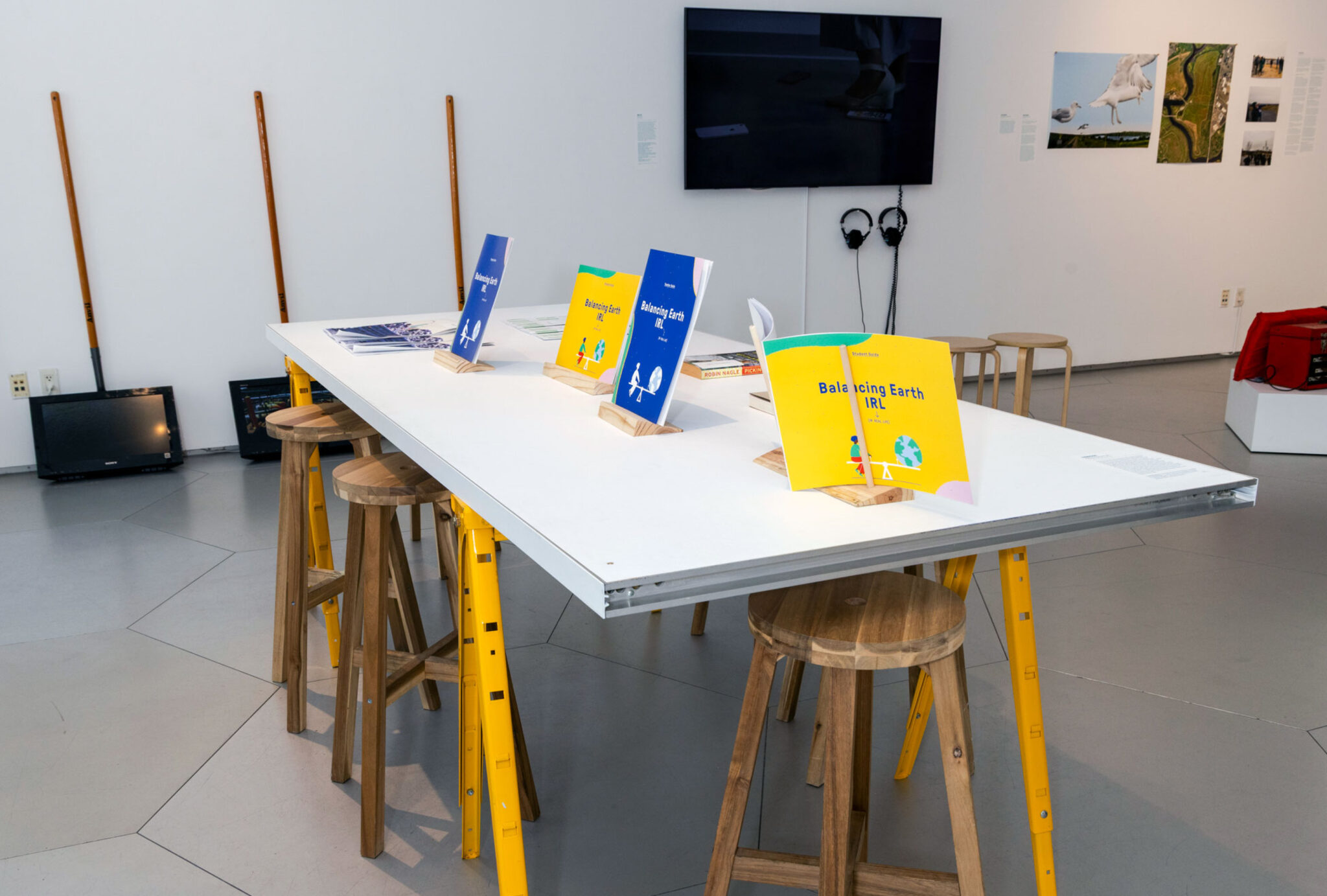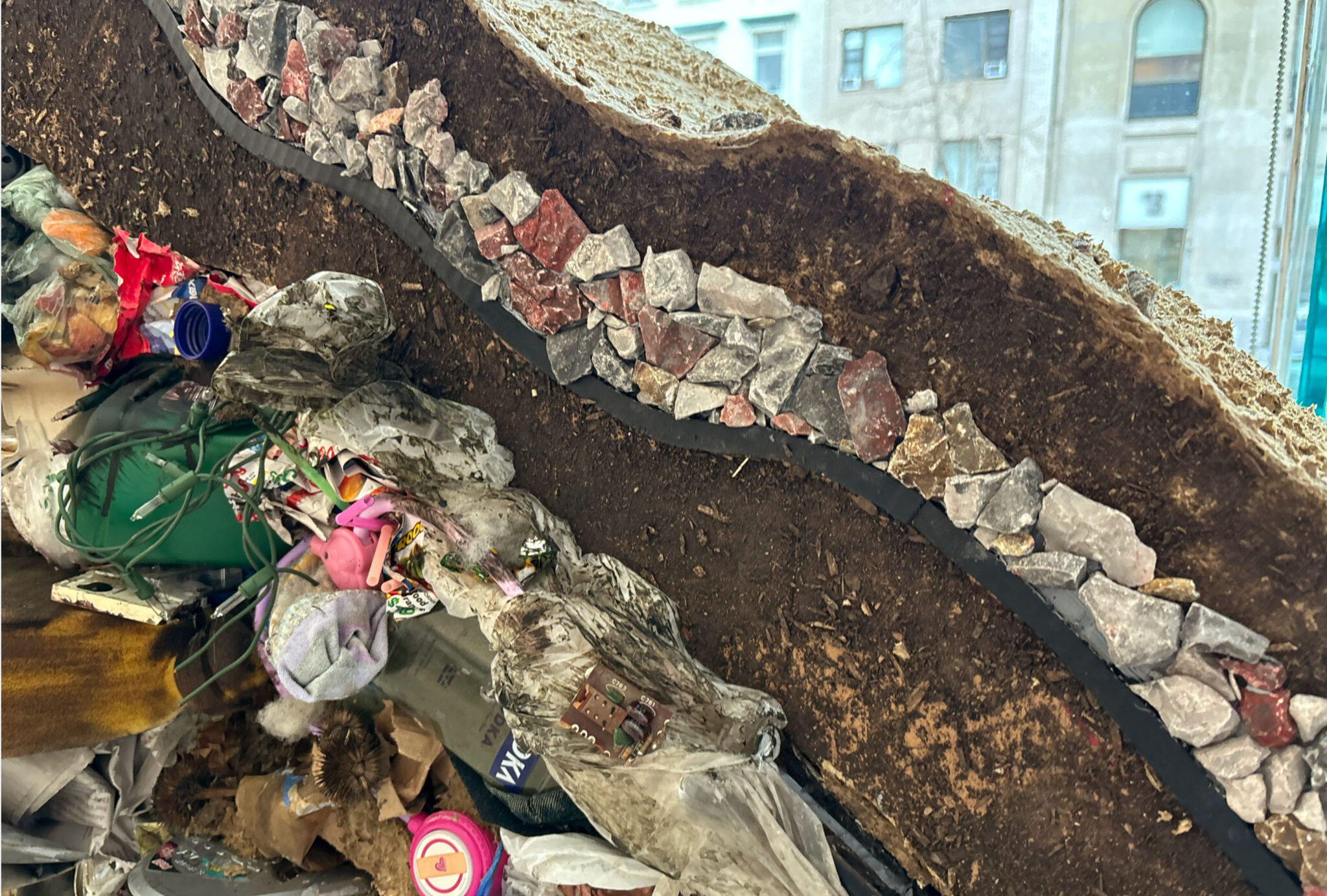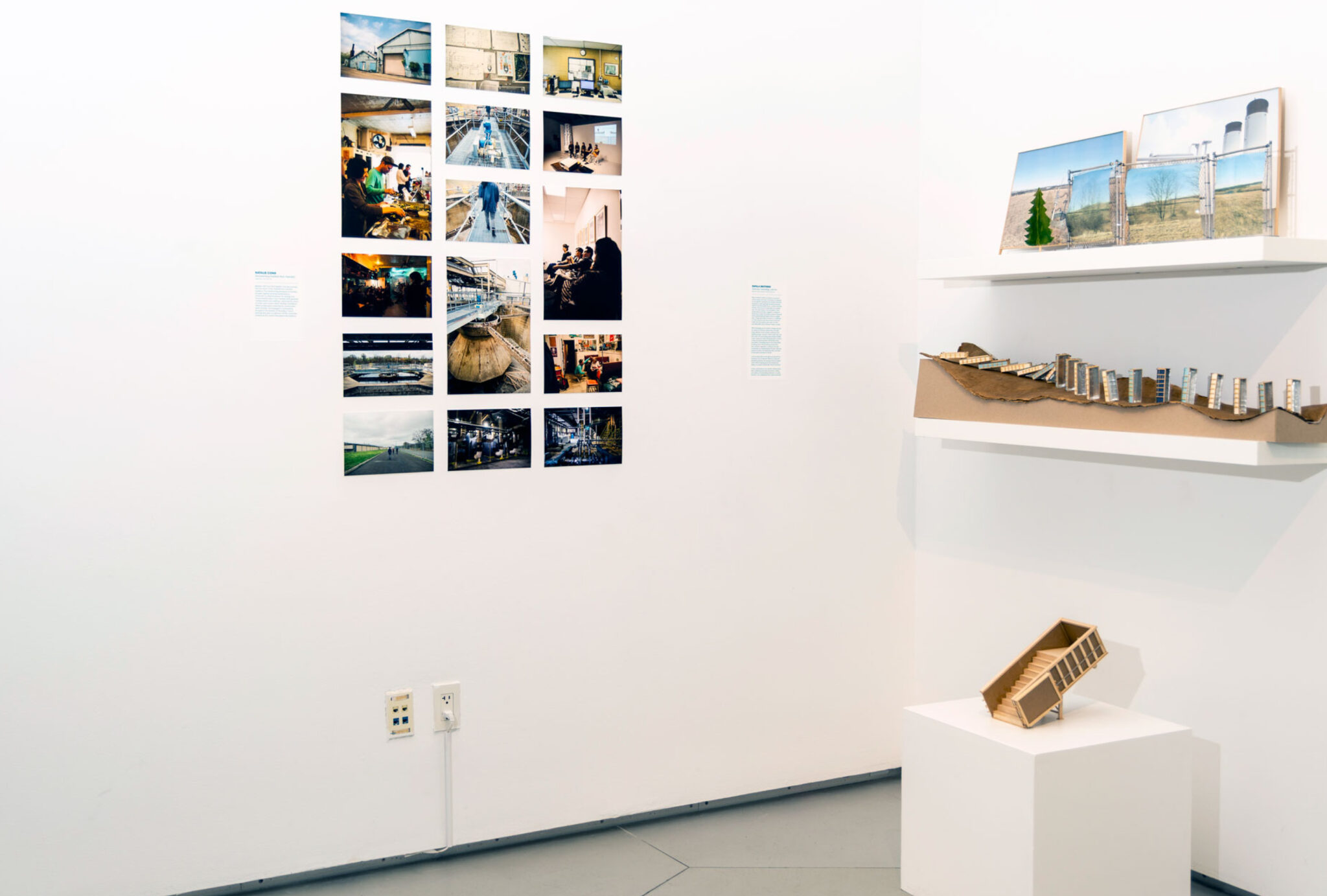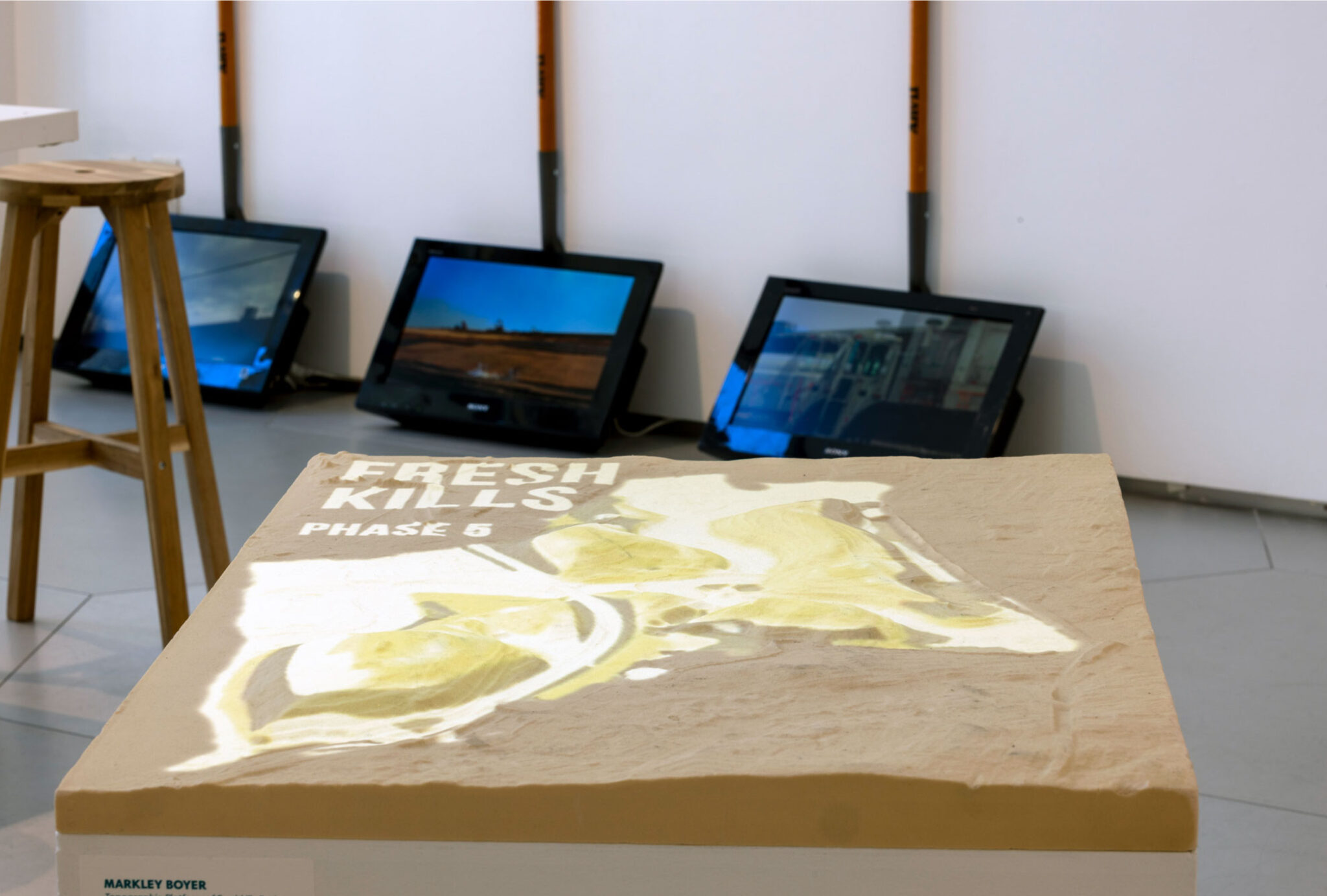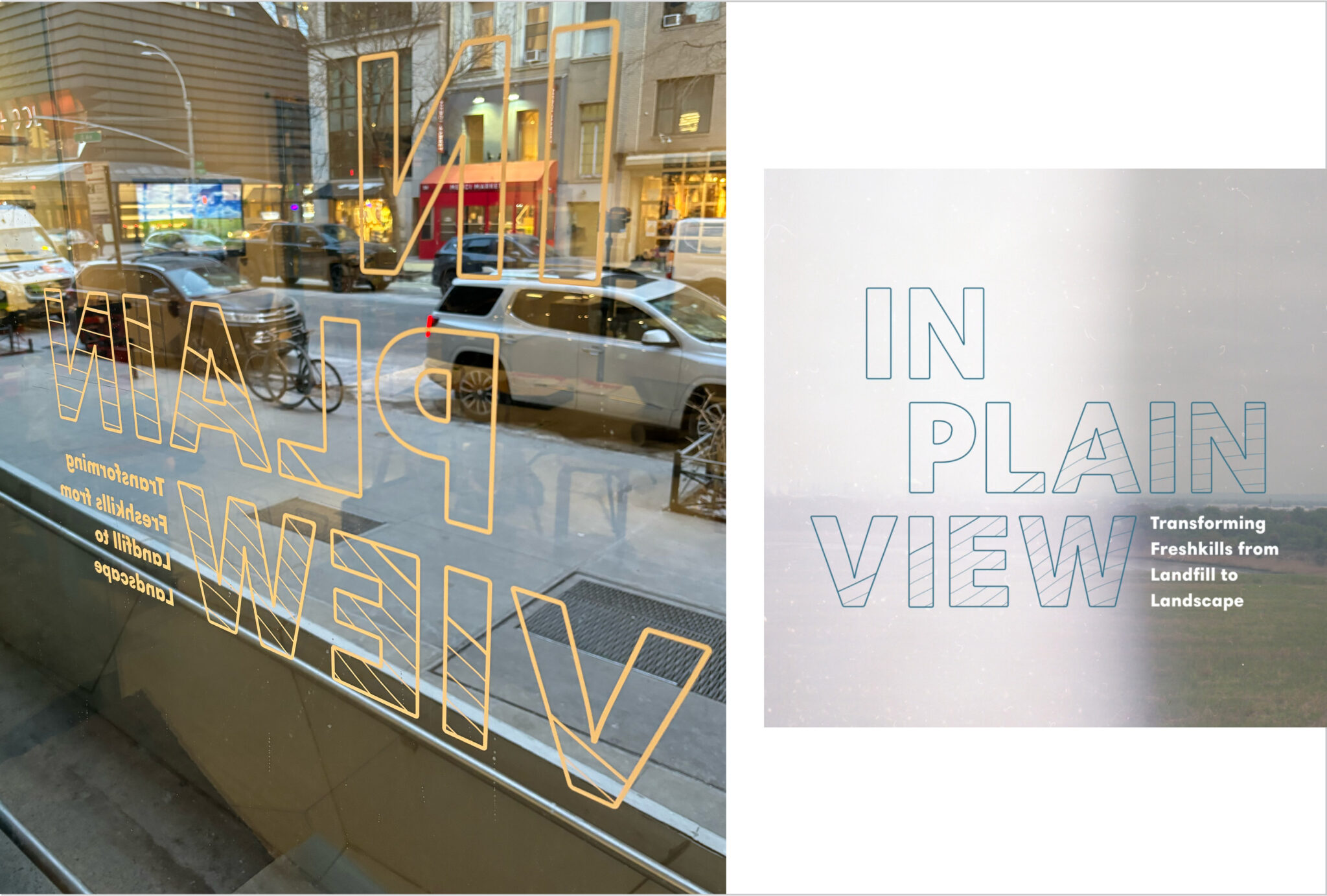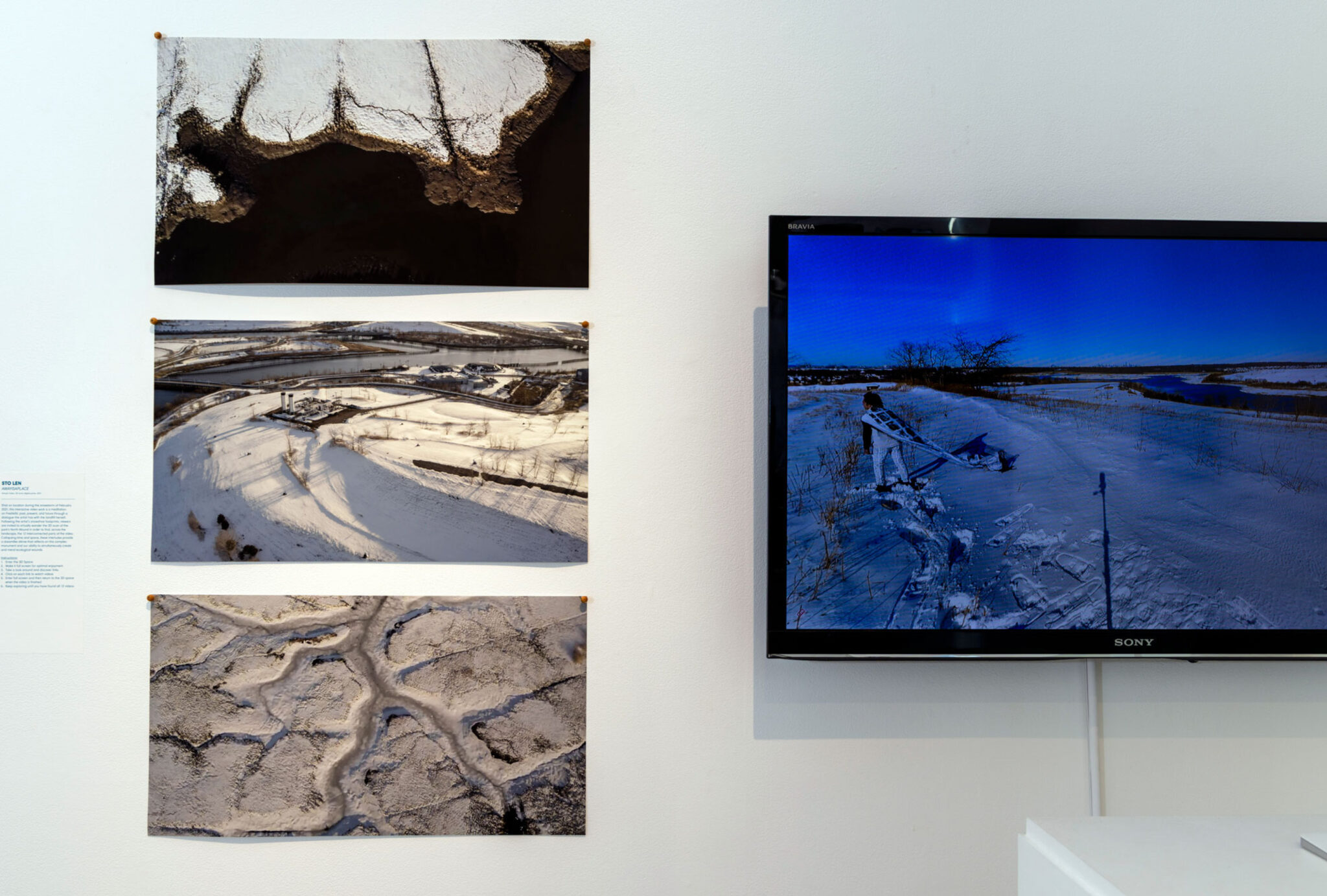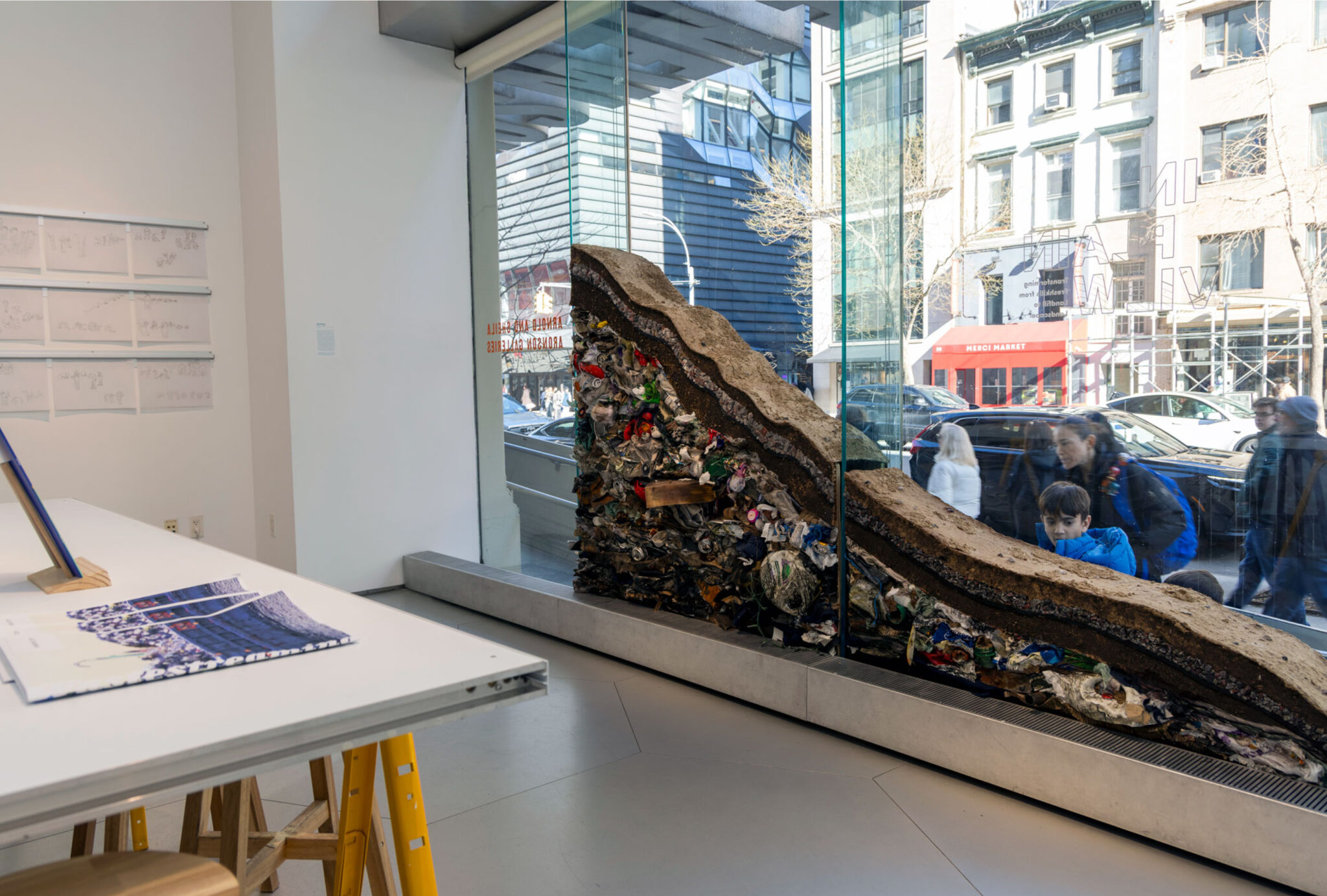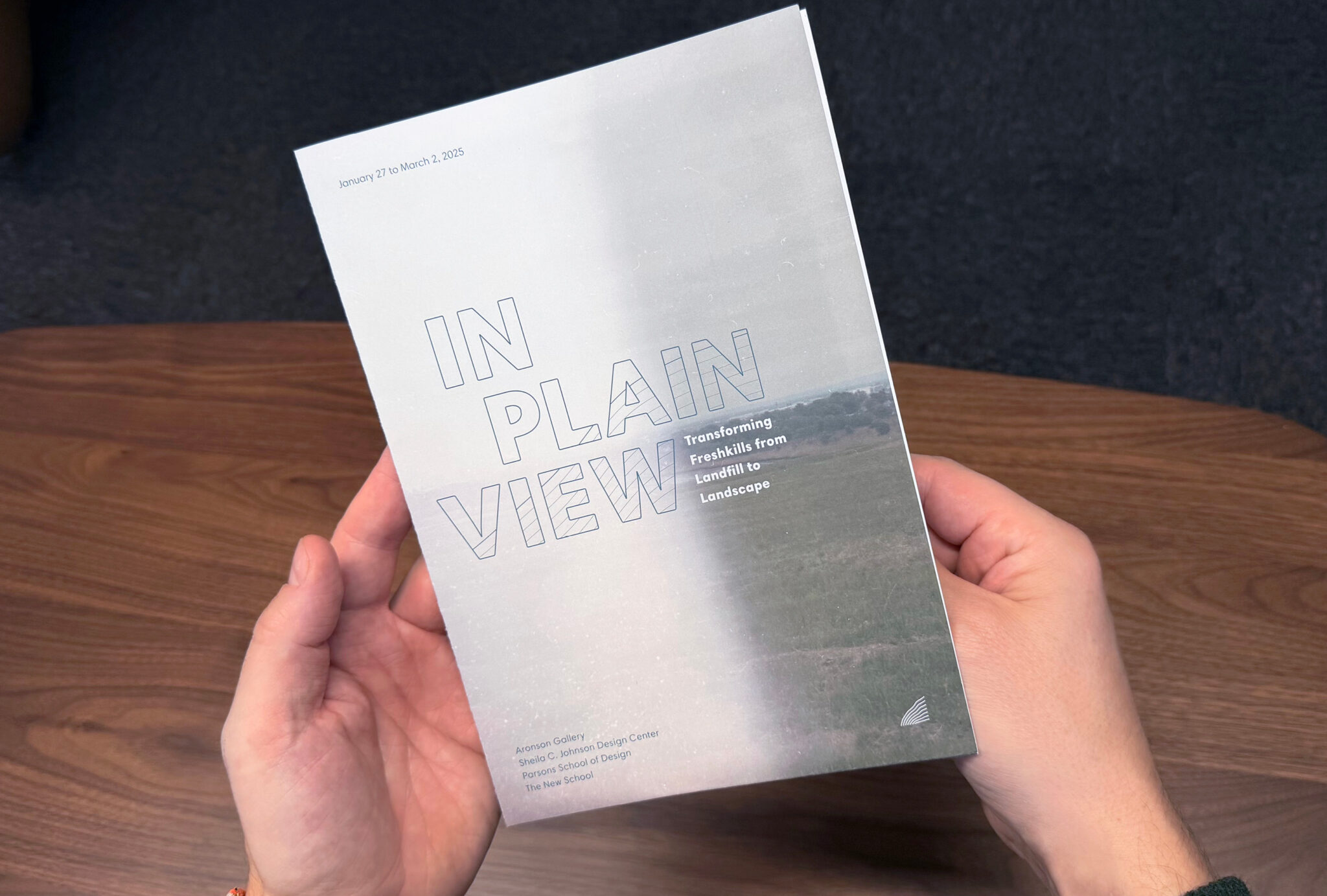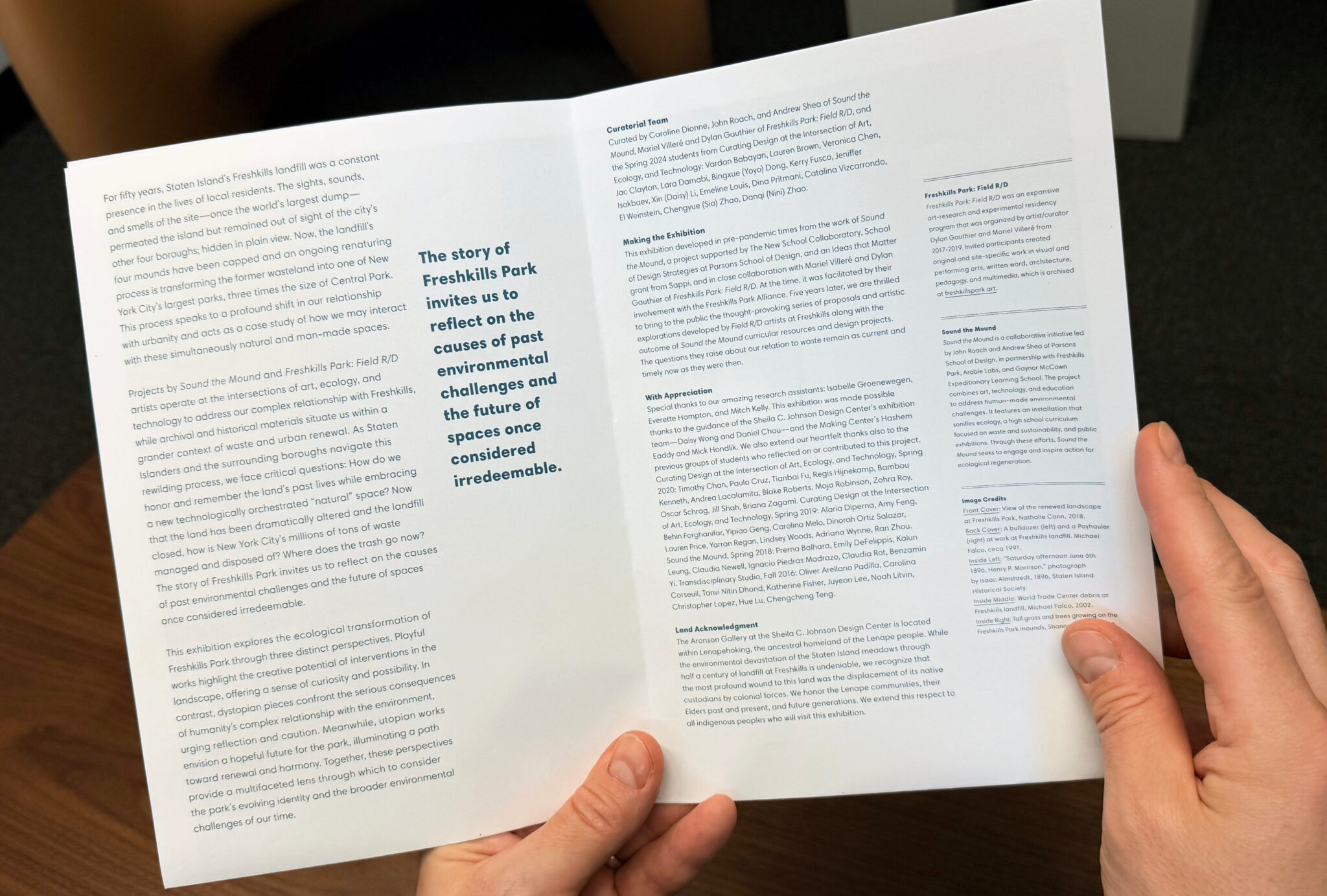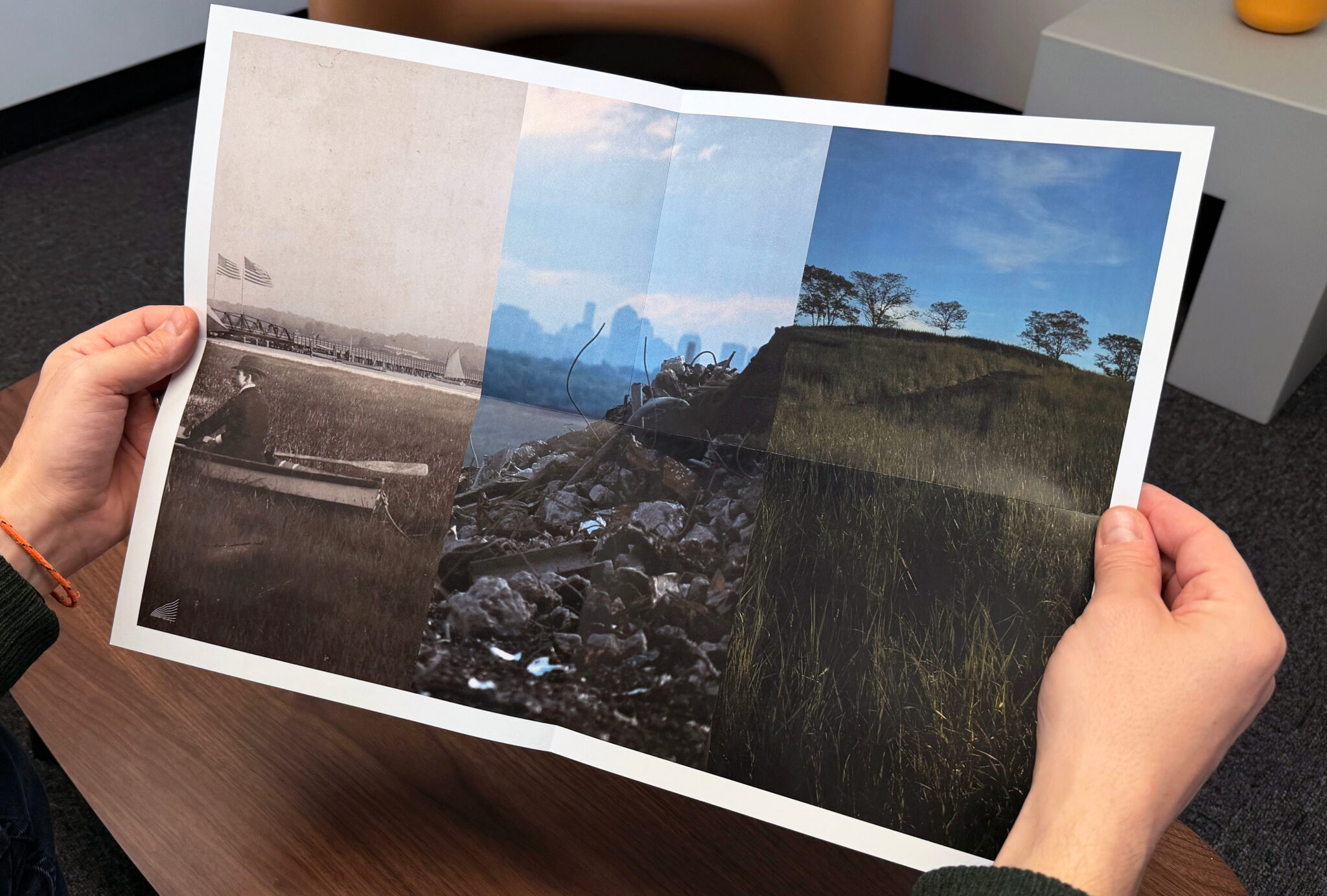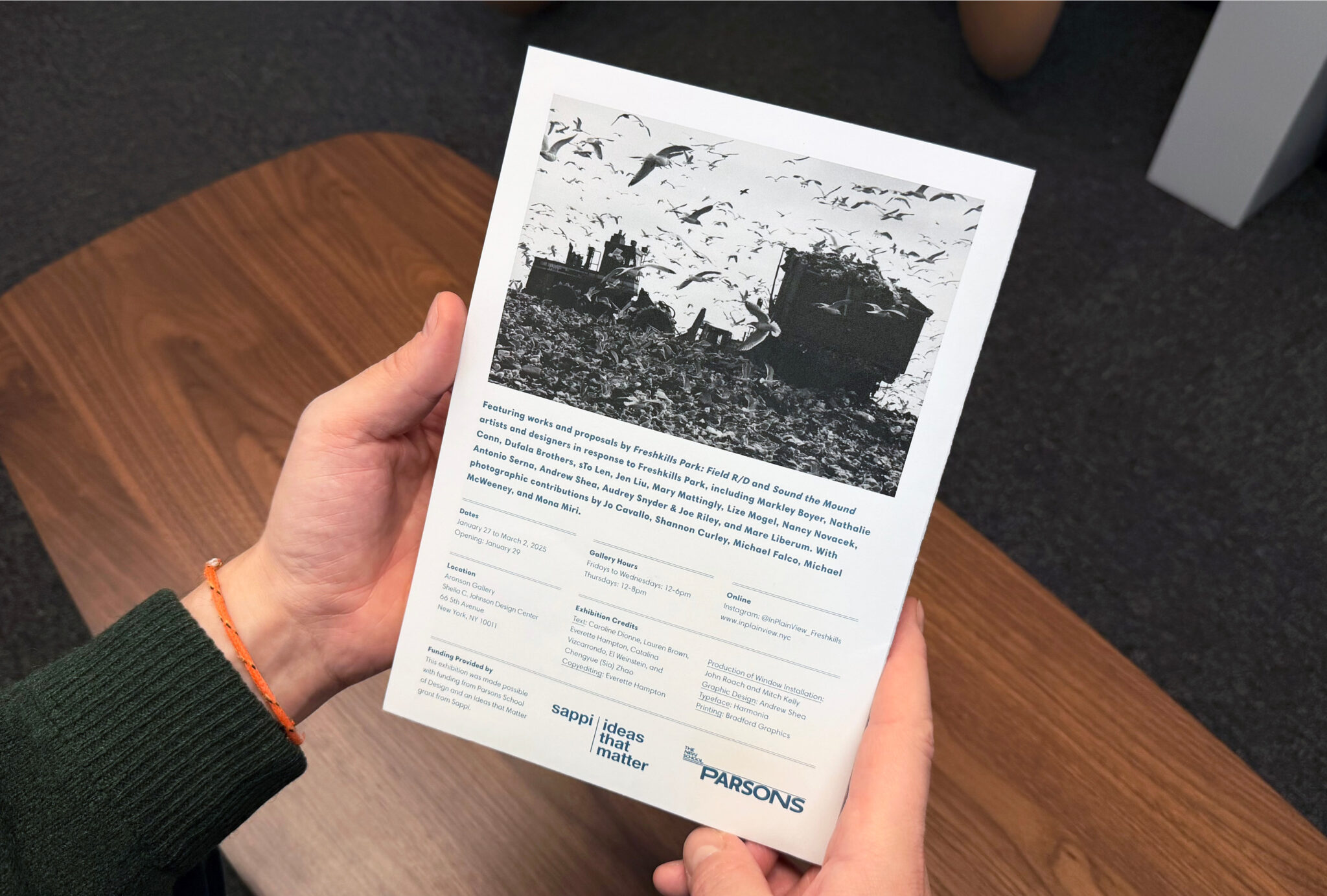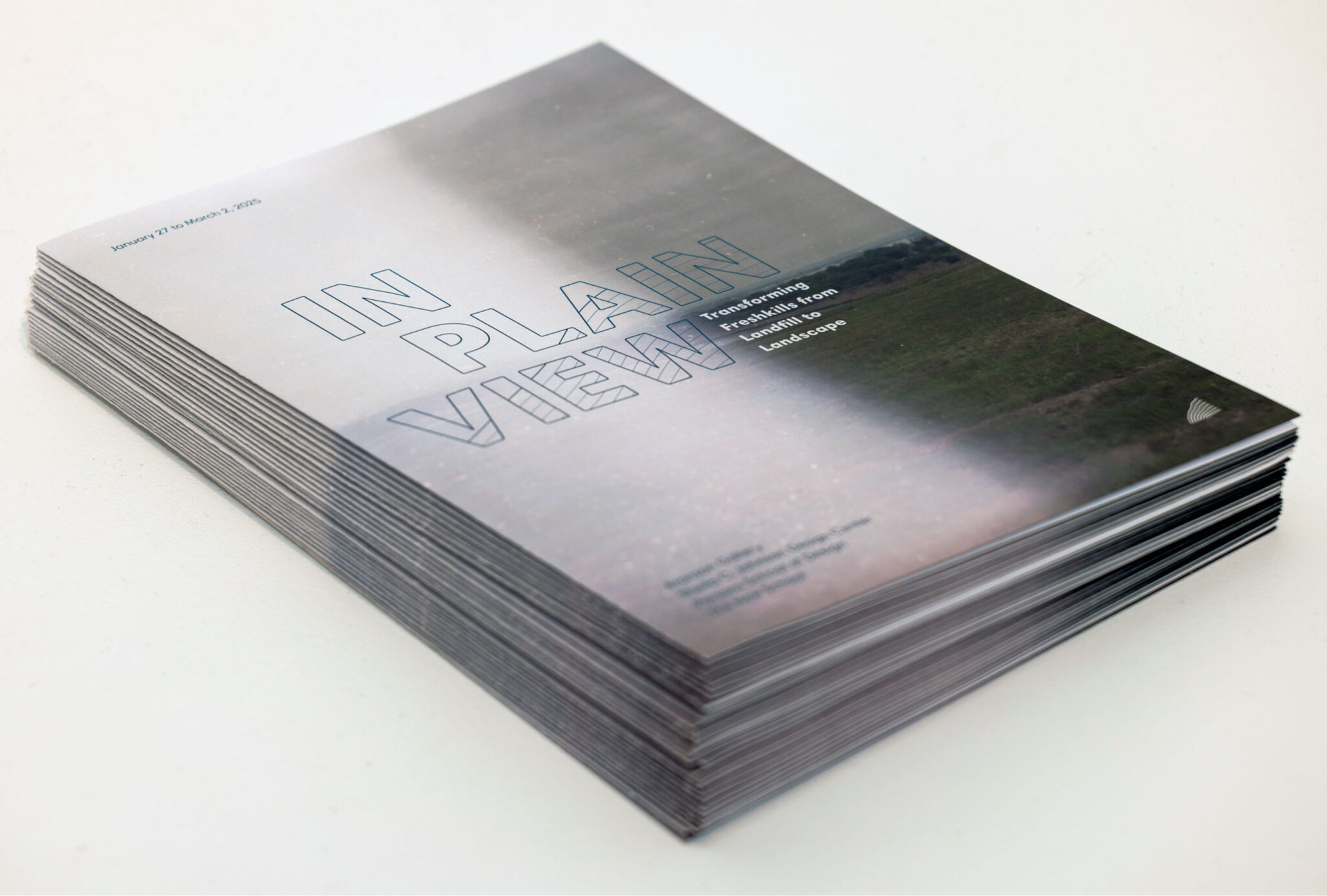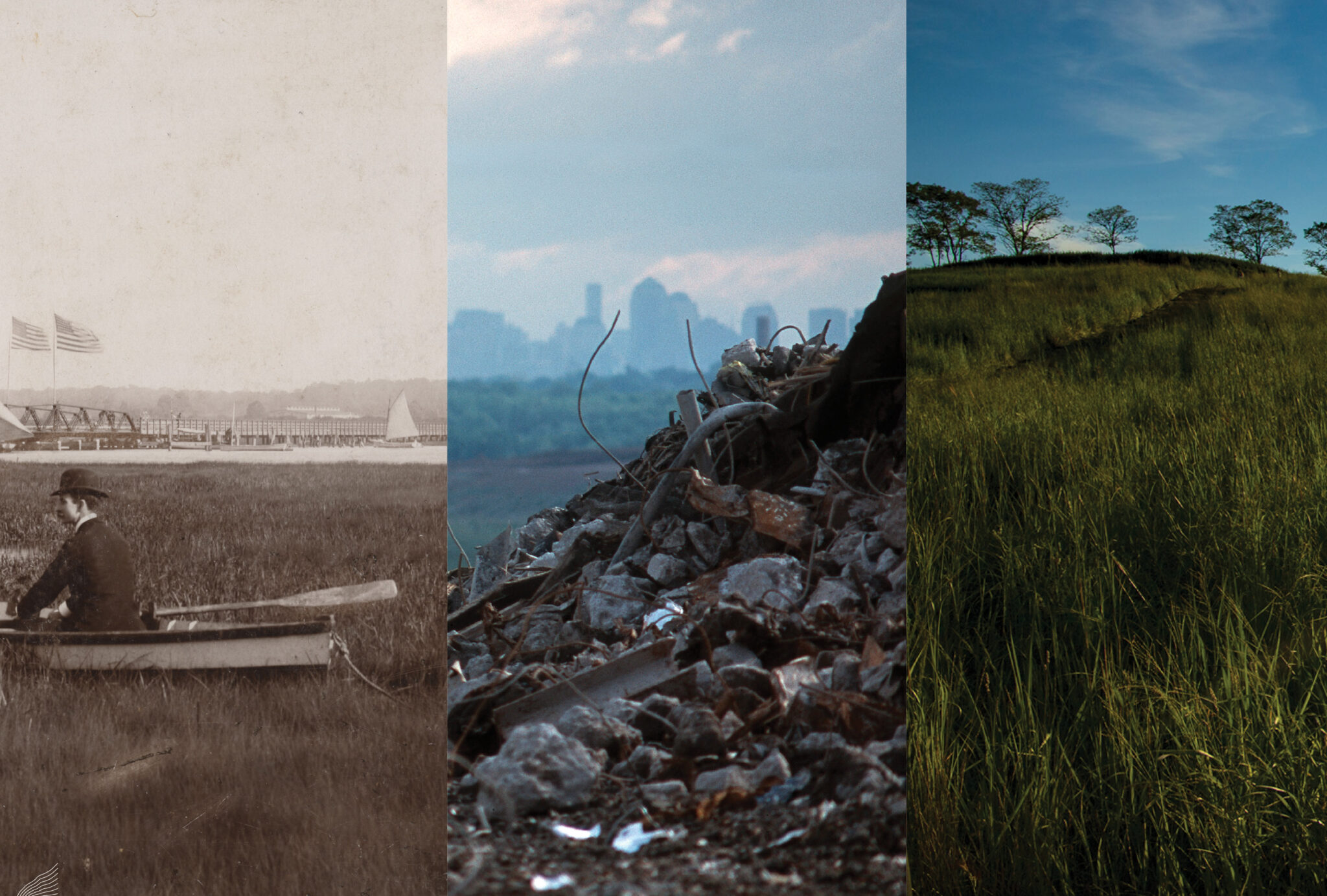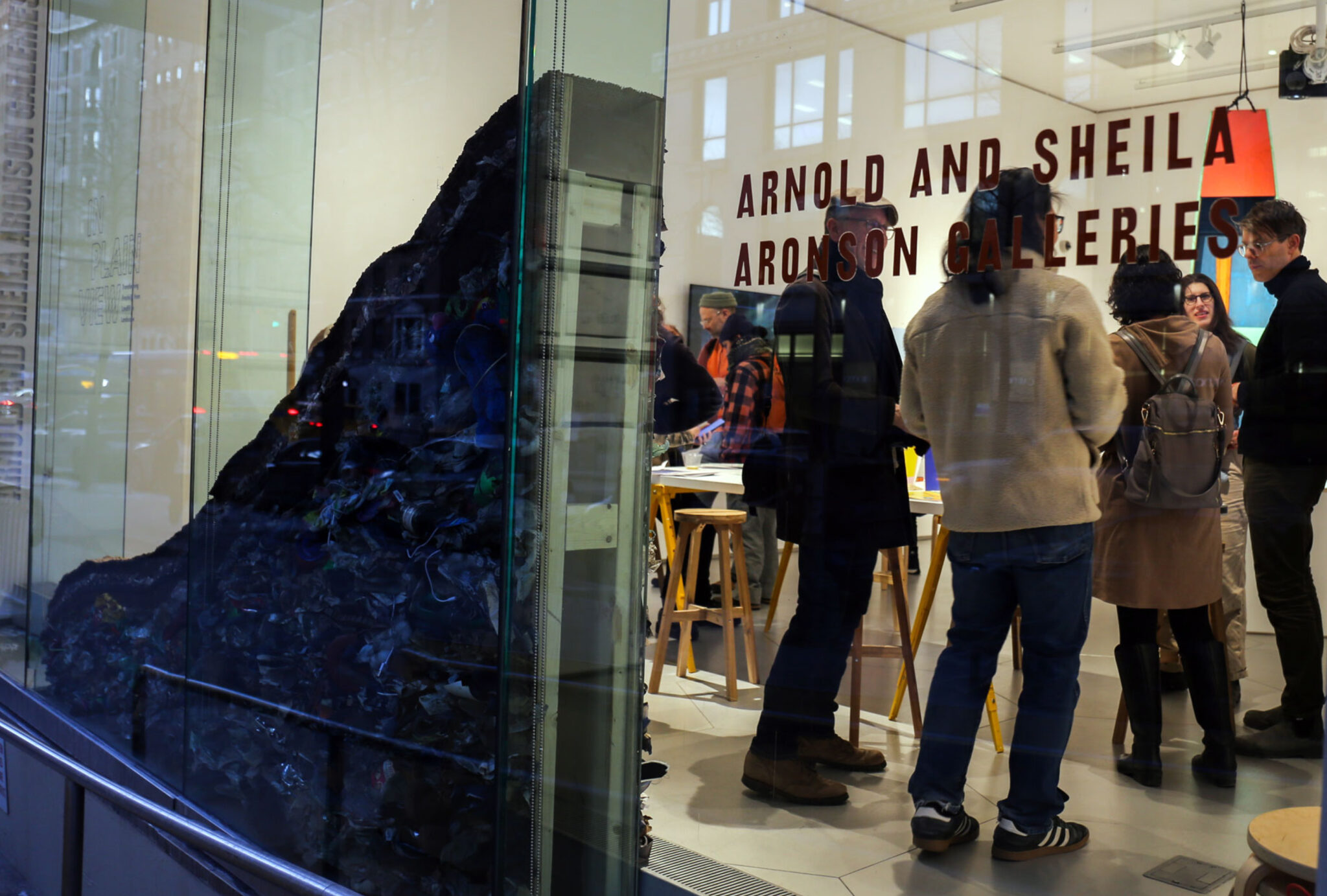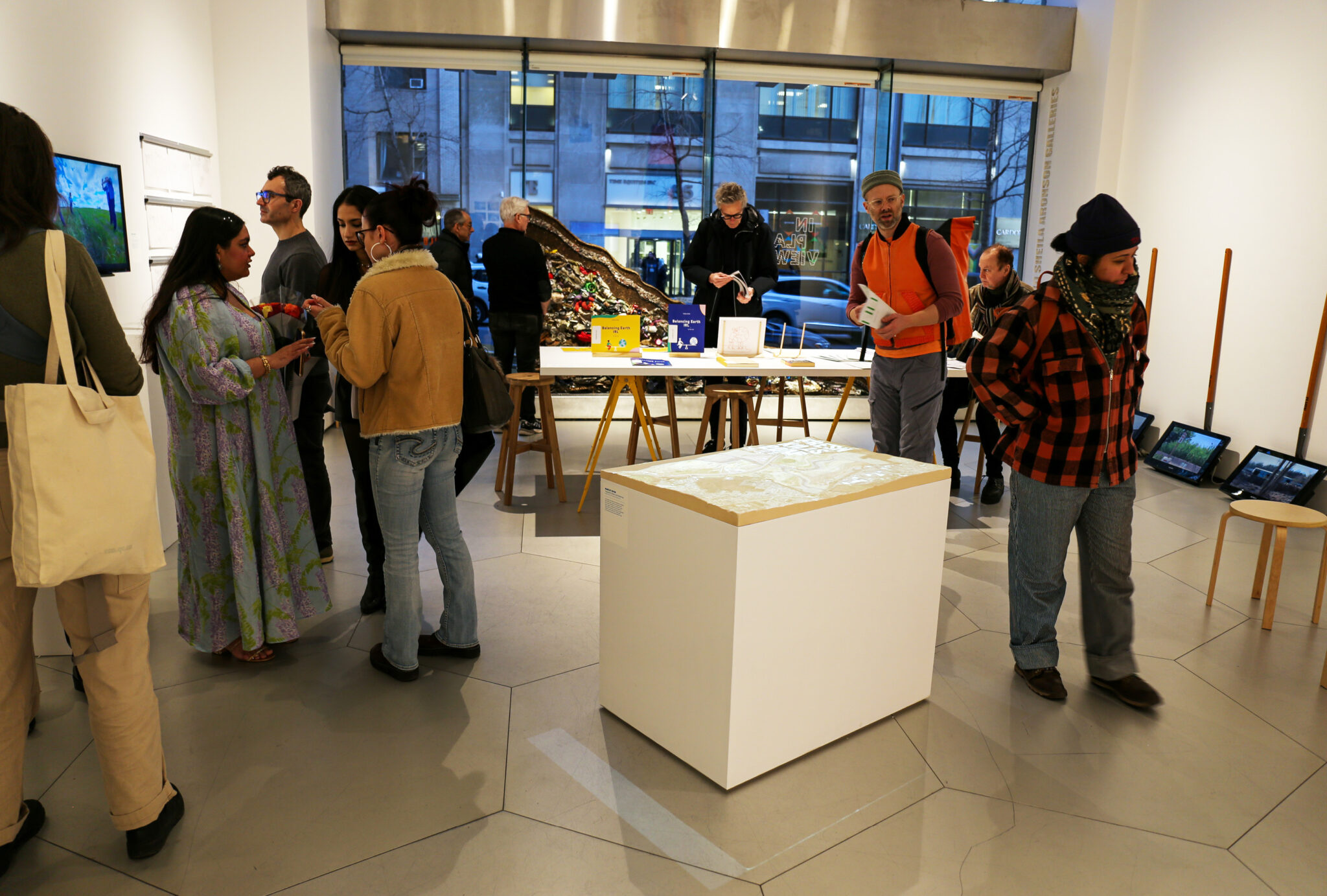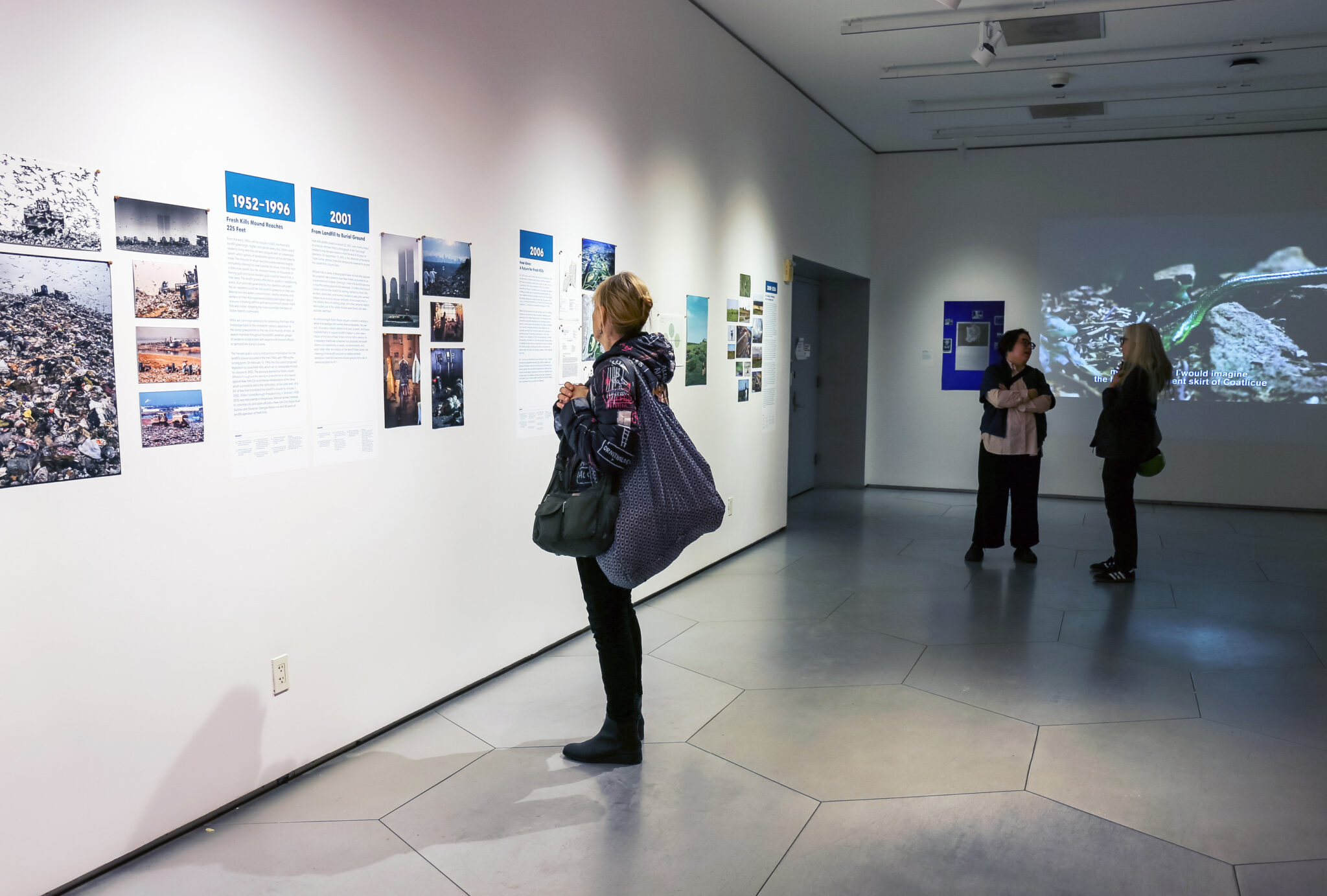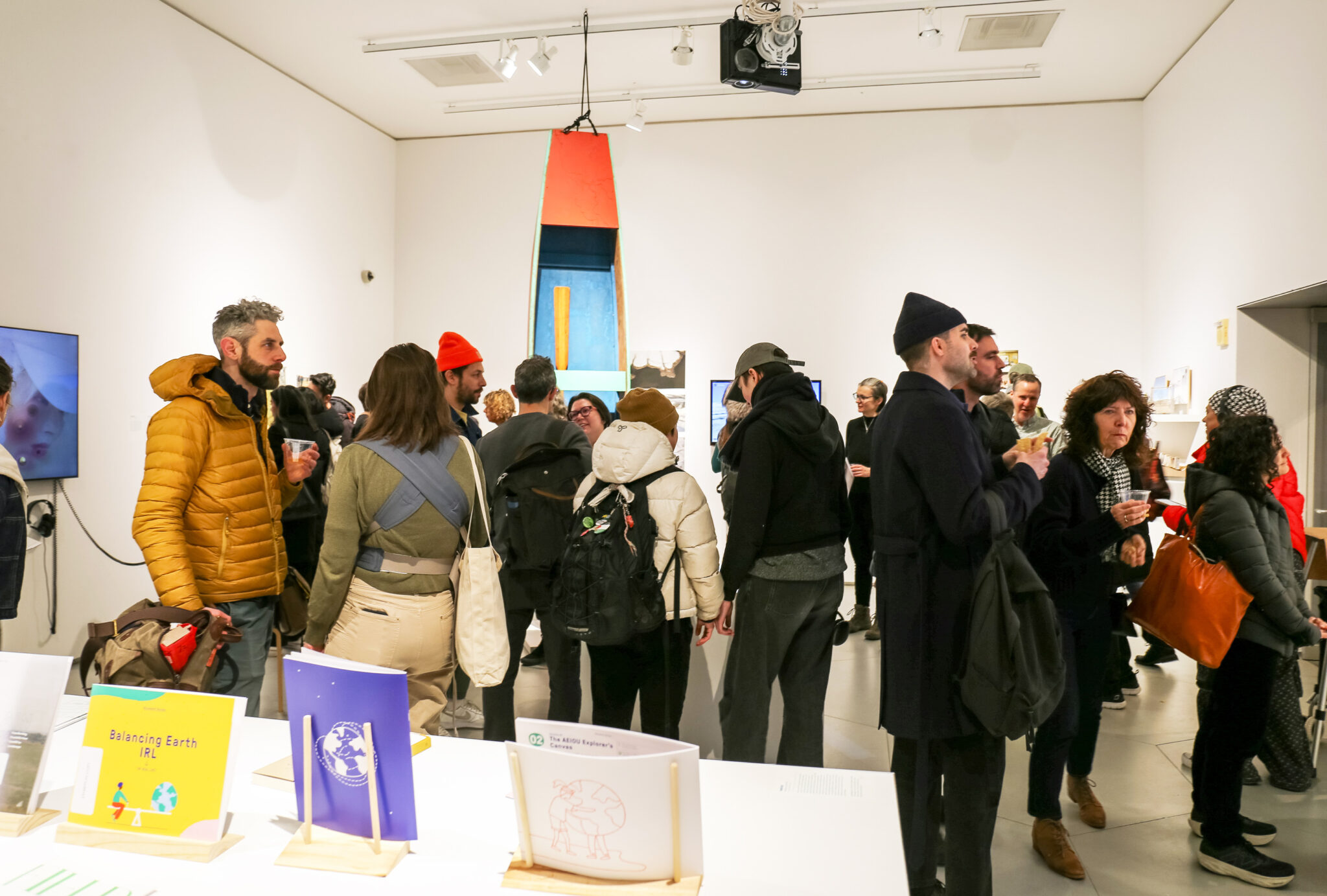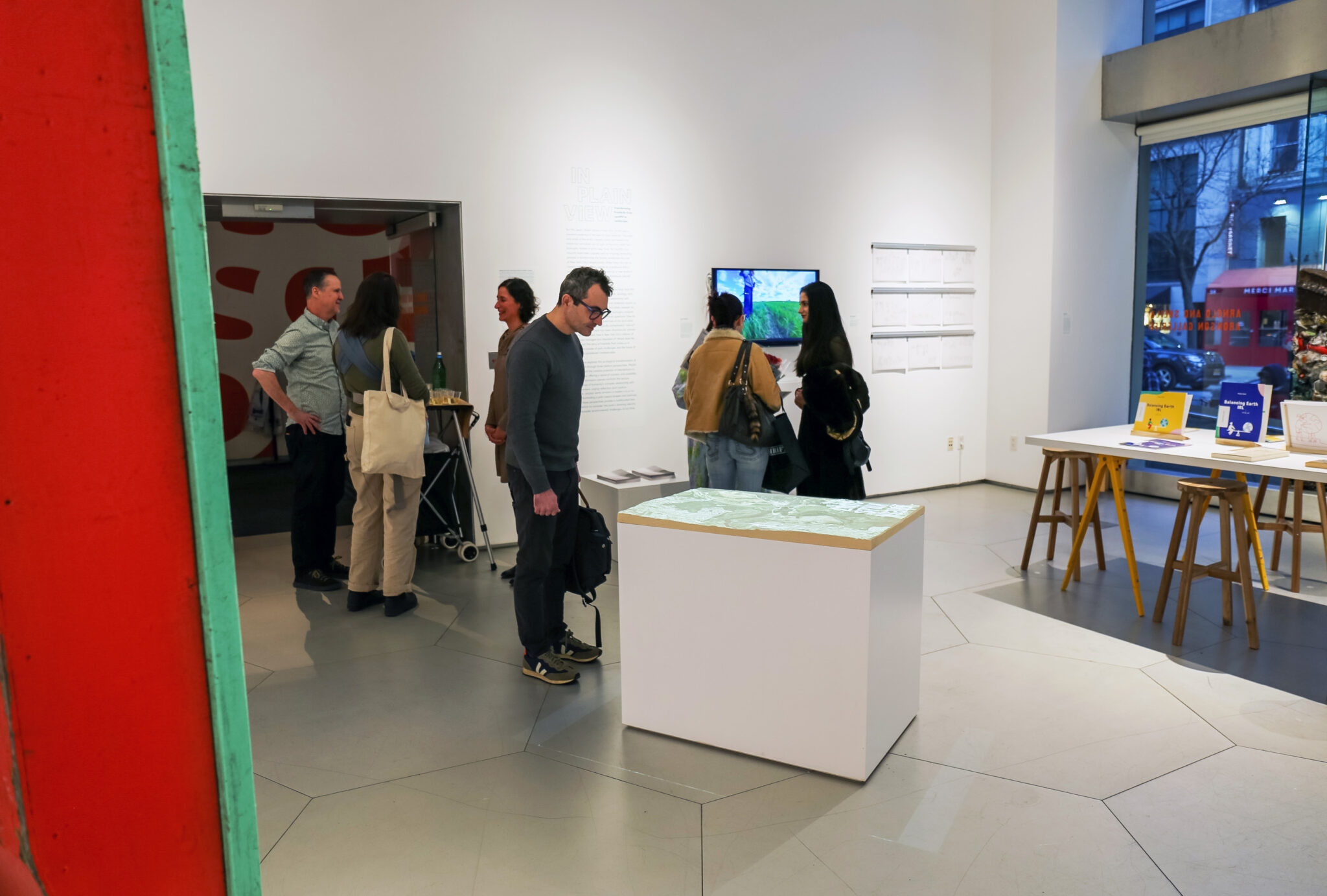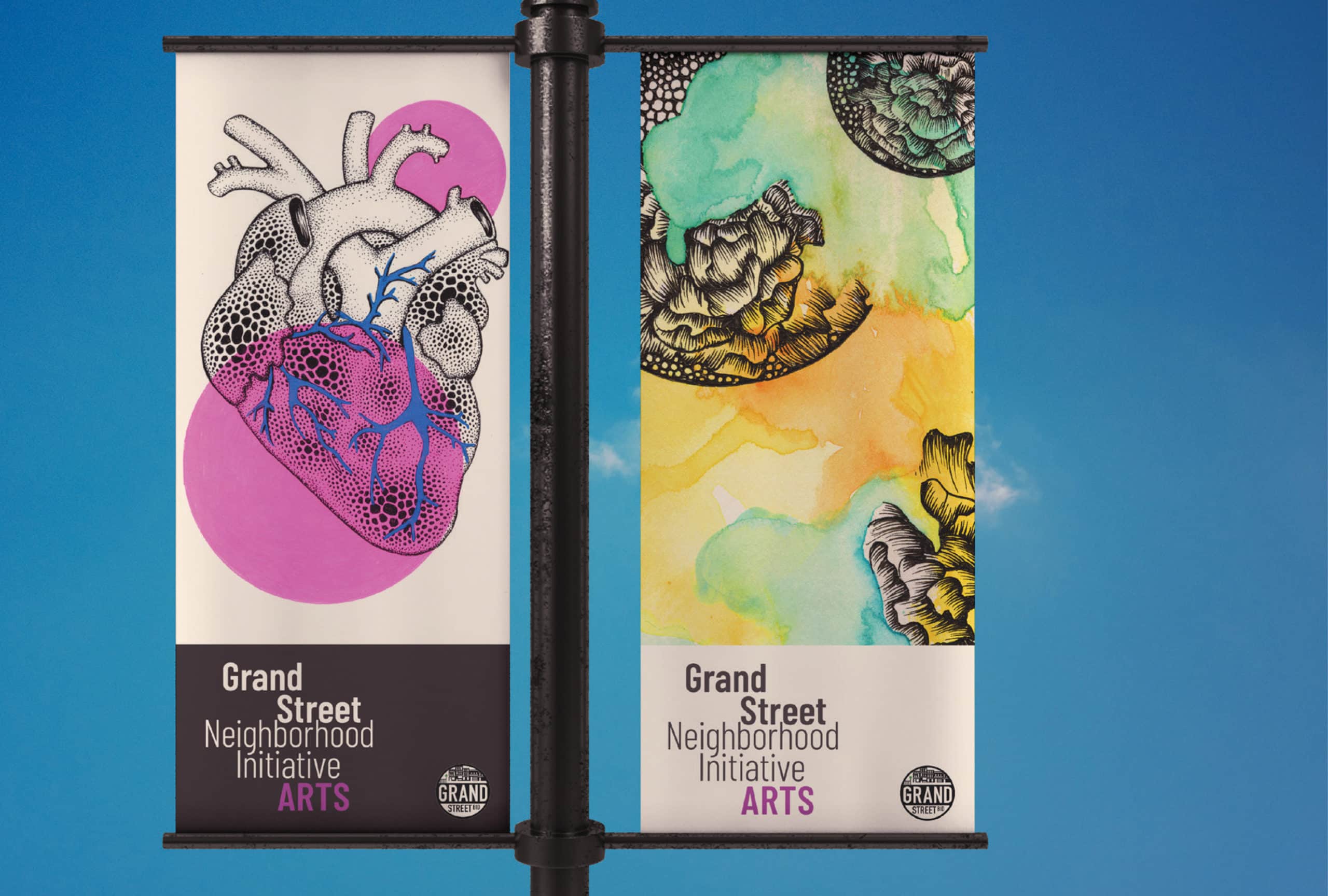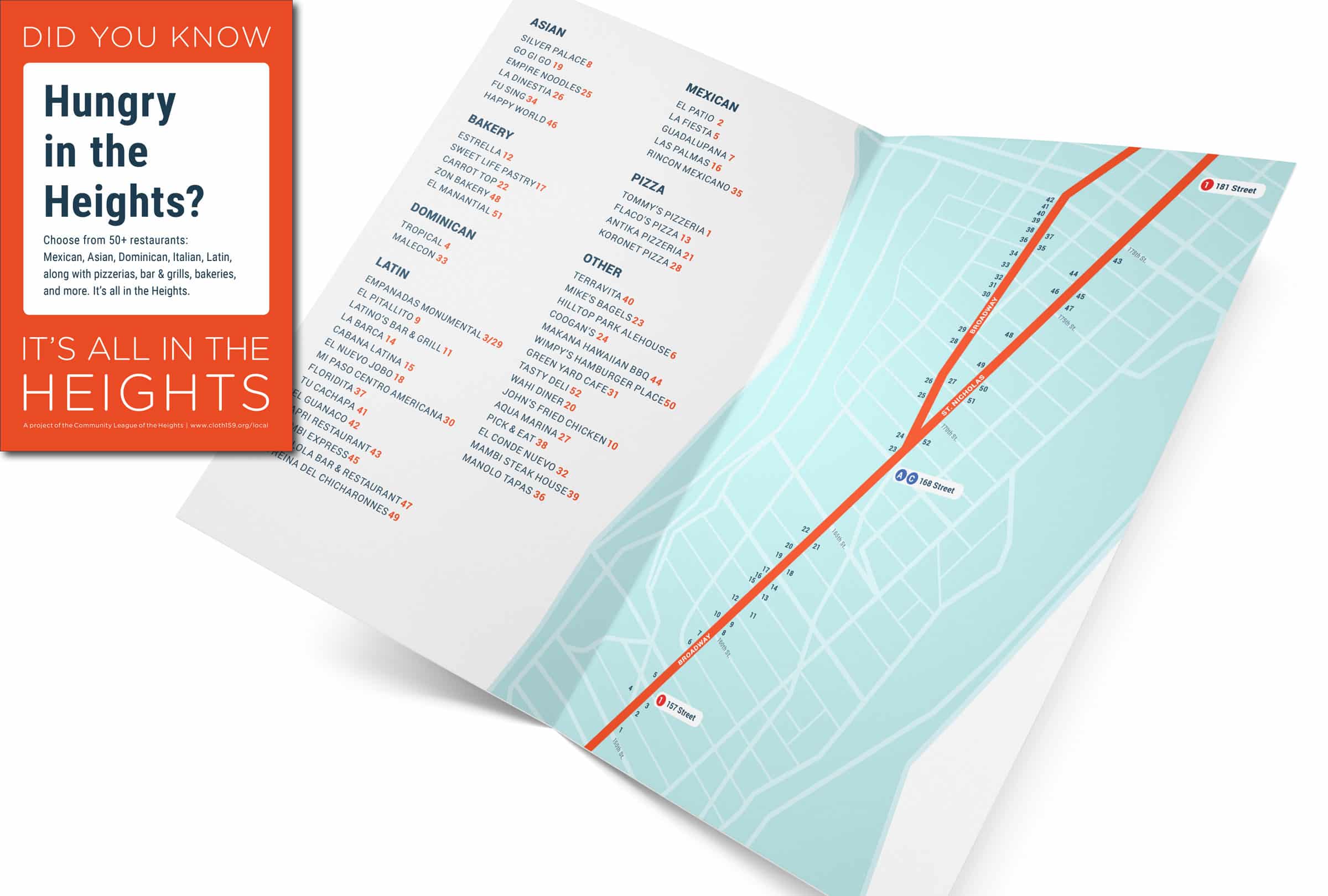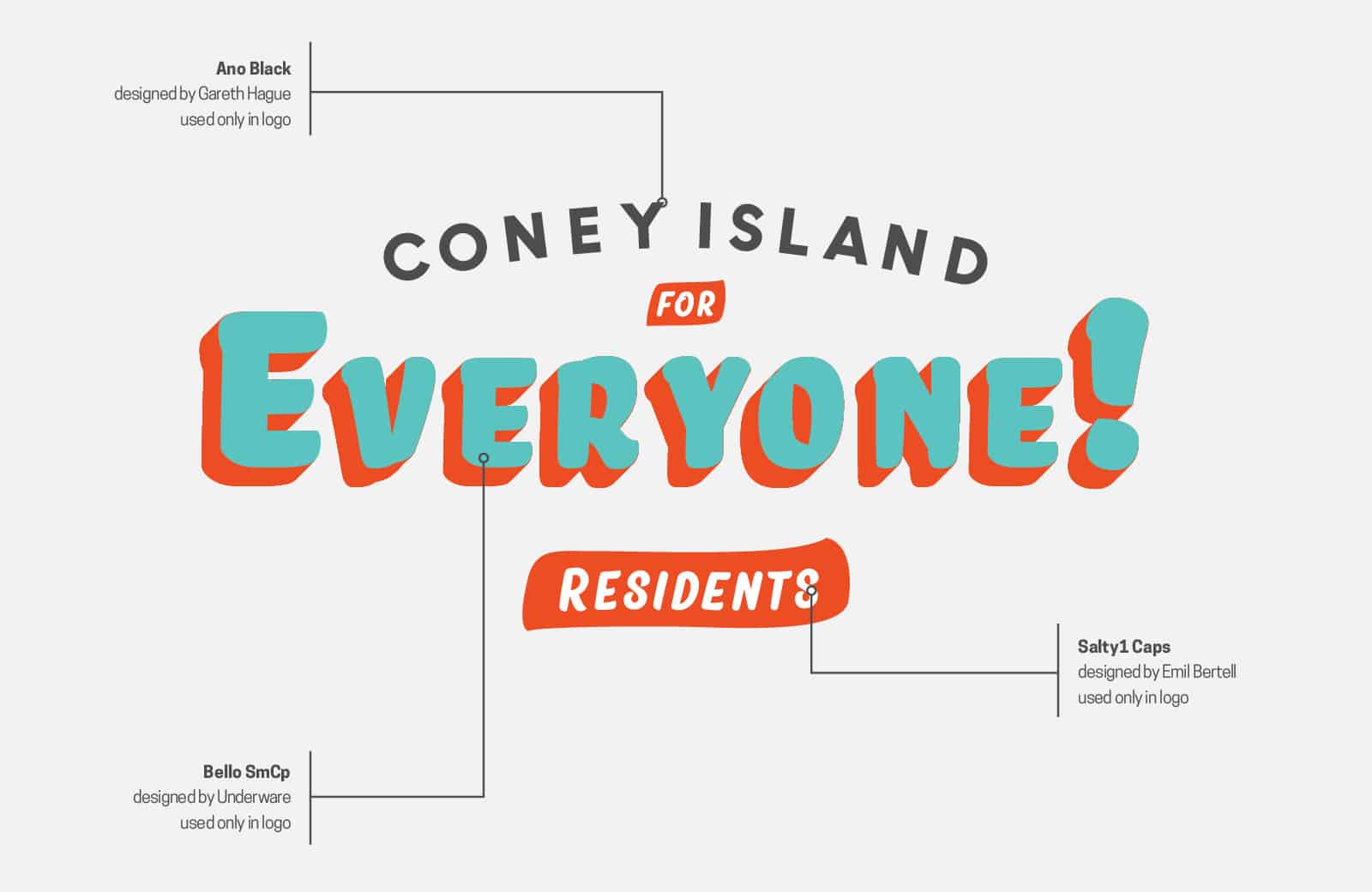In Plain View: Freshkills from Landfill to Landscape
Freshkills Park
In addition to Andrew co-curating this exhibition, he designed its identity, graphics, web, and social media content. For fifty years, Staten Island’s Freshkills landfill loomed large in residents’ lives, its presence defined by odor, sound, and scale, yet largely invisible to the rest of New York City. Today, this once-infamous site is being transformed into one of the city’s largest parks—three times Central Park's size—marking a profound shift in how we relate to urban nature and renewal. Like-minded curatorial efforts from Sound the Mound and Freshkills Park: Field R/D, brought together artists working at the intersections of art, ecology, and technology, to grapple with the site’s layered history and evolving identity. The exhibition invites reflection on how we honor the land’s past, reckon with its history as NYC's dumping ground, and embrace its rebirth as a managed natural environment, all of which raises broader questions about waste, memory, and ecological transformation. The exhibition is presented through playful, dystopian, and utopian works and offers multiple perspectives—curiosity, critique, and hope—on Freshkills’ ongoing metamorphosis and the future of reclaimed landscapes.
Design Approach
The design of In Plain View aims to unify the exhibition materials through a clear, restrained visual language that mirrors Freshkills Park’s transformation from landfill to landscape. Across print, digital, and environmental formats, compositions evoke renewal, balance, and transparency.
Identity
The visual identity for In Plain View translates Freshkills Park’s transformation through structured yet open typography. Outlined and hatched letterforms suggest renewal and layered history, while a soft teal palette and precise spacing evoke calm, clarity, and balance. The system aims to embody transition and transparency, echoing the park’s shift from hidden landfill to visible landscape.
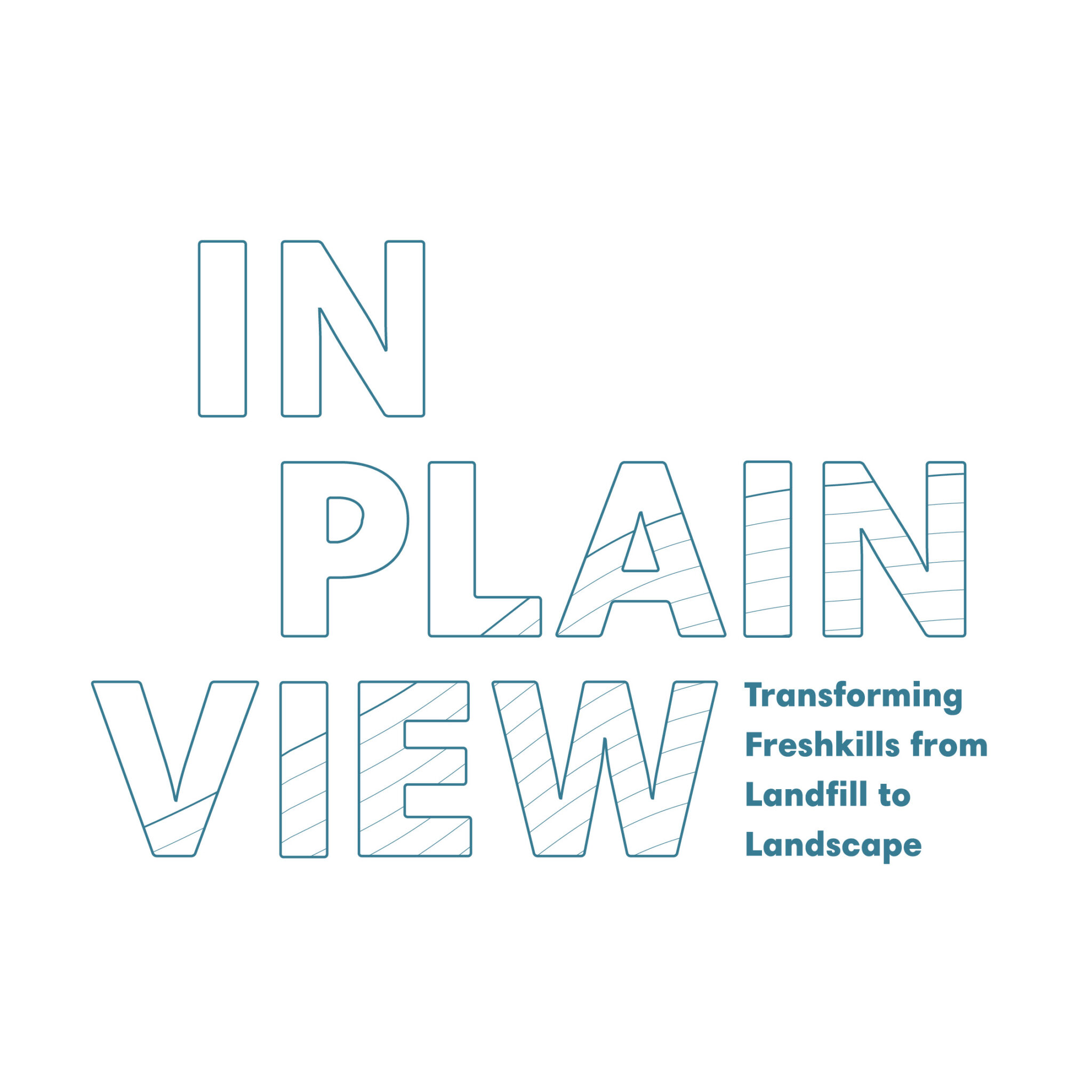
Signs
The exhibition’s visual design communicates the themes of renewal and reconnection at Freshkills Park into a clean, structured system of typography and color. While the exhibition identity's open letterforms echo the site’s vast reclaimed landscape, the soft teal palette evokes clarity, air, and growth. Text flows across panels in rhythmic alignment, suggesting circulation and continuity—mirroring the park’s transformation from containment to openness. The design balances precision, calm, and the quiet optimism of ecological change.
Guide
The exhibition catalog translates the themes of renewal and visibility into a quiet, tactile narrative. A soft gradient on the cover merges the image and typography, suggesting the gradual transformation from an obscured landfill to an open landscape. Inside, restrained typography, balanced spacing, and gentle teal tones convey clarity and calm. The interior poster aligns archival and contemporary images to show a connecting horizon line that indicates the landfill's growing mass over time.
Website
The exhibition website extends the exhibition’s visual language into a clean, navigable digital format. Open typography, white space, and teal accents create continuity with the physical identity, while layered images convey the site’s themes of transformation and renewal. The design prioritizes clarity and accessibility, presenting the project’s research, imagery, and context in an organized and reflective way.
The Instagram account @inplainview_freshkills serves as a dynamic digital extension of the exhibition, offering behind-the-scenes glimpses, artist spotlights, and visual commentary on the ongoing transformation of Freshkills Park. The feed balances archival imagery, installation views, and site-based photography. The account functions as both a record of the exhibition and a portal into broader conversations about place-based design and environmental change.
MANY Design
Andrew Shea
PartnerS
Freshkills Park
Arable Labs
Parsons School of Design
Gaynor McCown Expeditionary School
Funding
Sappi Ideas That Matter
Curatorial Team
John Roach, Parsons
Caroline Dionne, Parsons
Mariel Villeré, Freshskills: Field R/D
Dylan Gauthier, Freshskills: Field R/D
Spring 2024 students from Curating Design at the Intersection of Art, Ecology, and Technology
Daisy Wong, Parsons Gallery
Daniel Chou, ParsonsGallery Team
Fabrication
Atlas Print Solutions
Hashem Eaddy, Parsons
Mick Hondlik, Parsons
Isabelle Groenewegen
Everette Hampton
Mitch Kelly
Related Projects

New York New DesignArt & Architecture
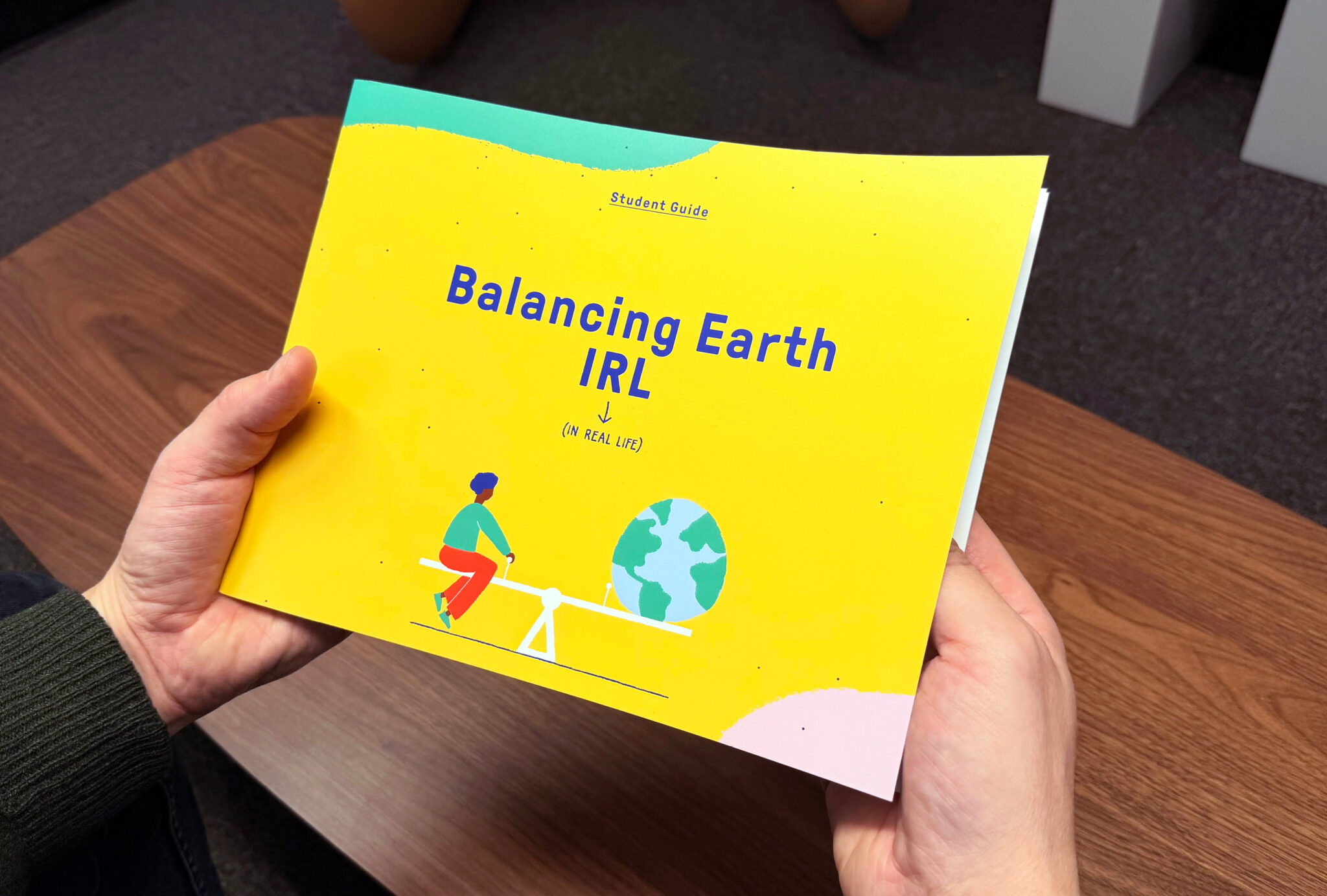
Balancing Earth IRLEducation
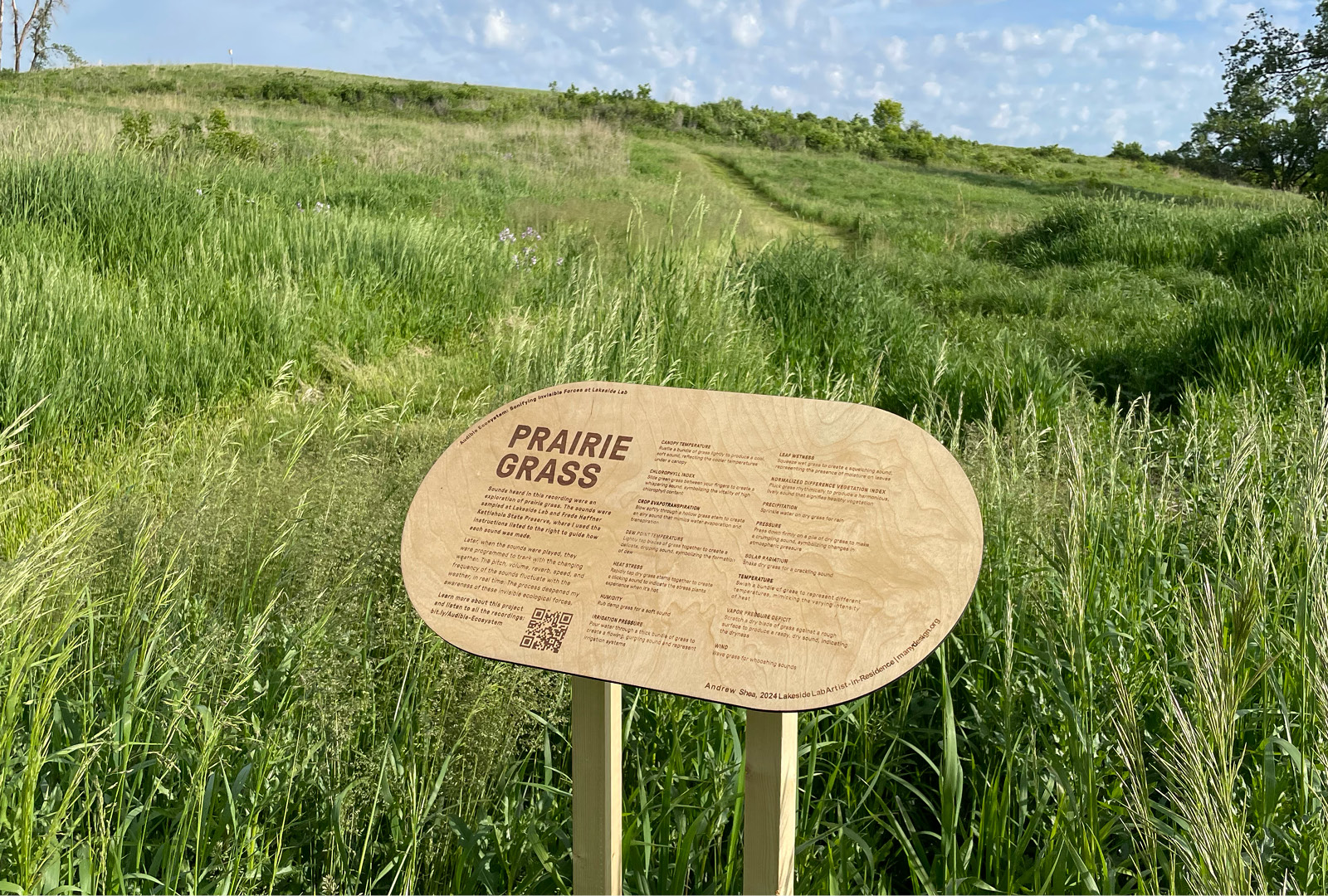
Audible Ecosystem: Sonifying the InvisibleArt & Architecture
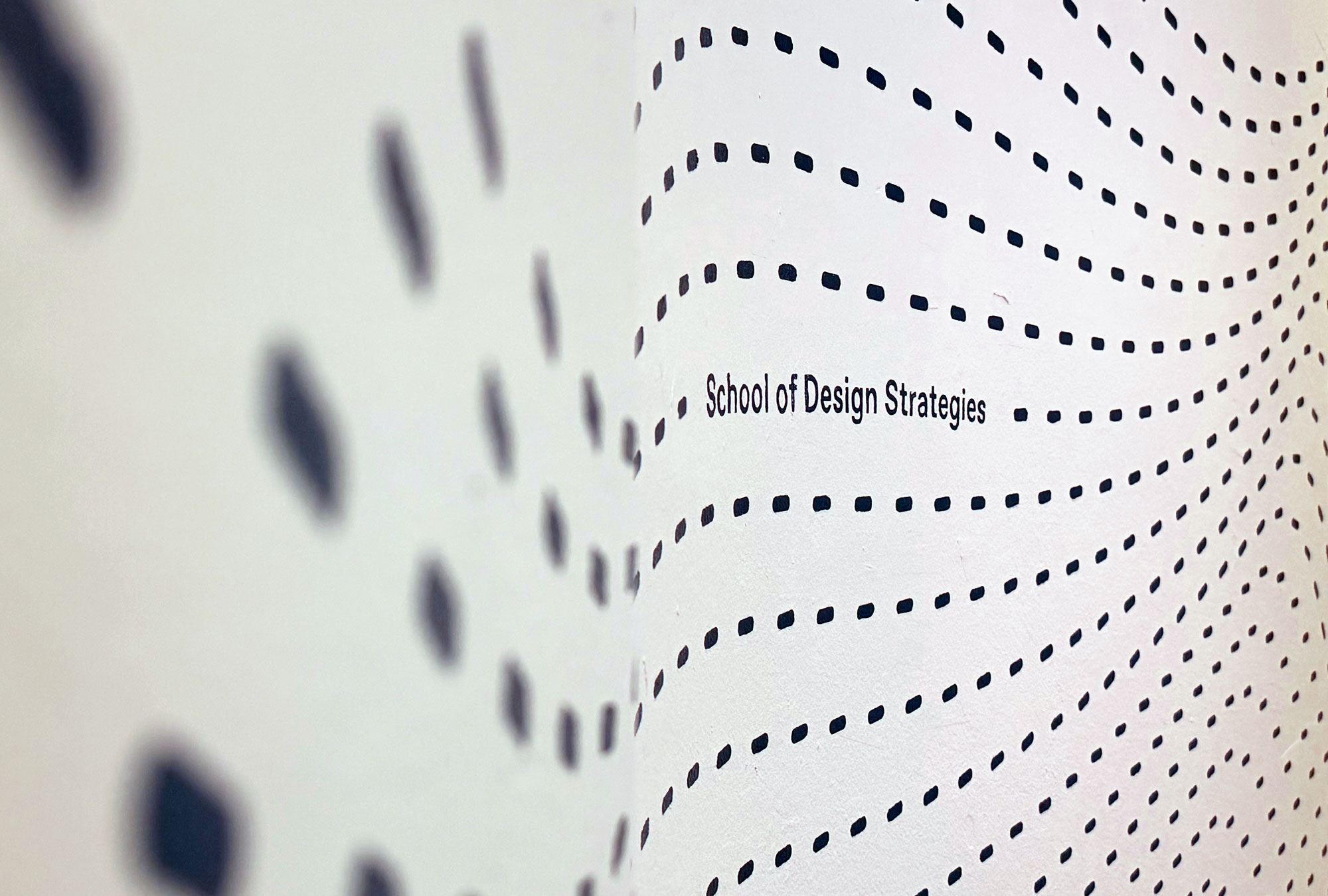
Connected SpacesArt & Architecture
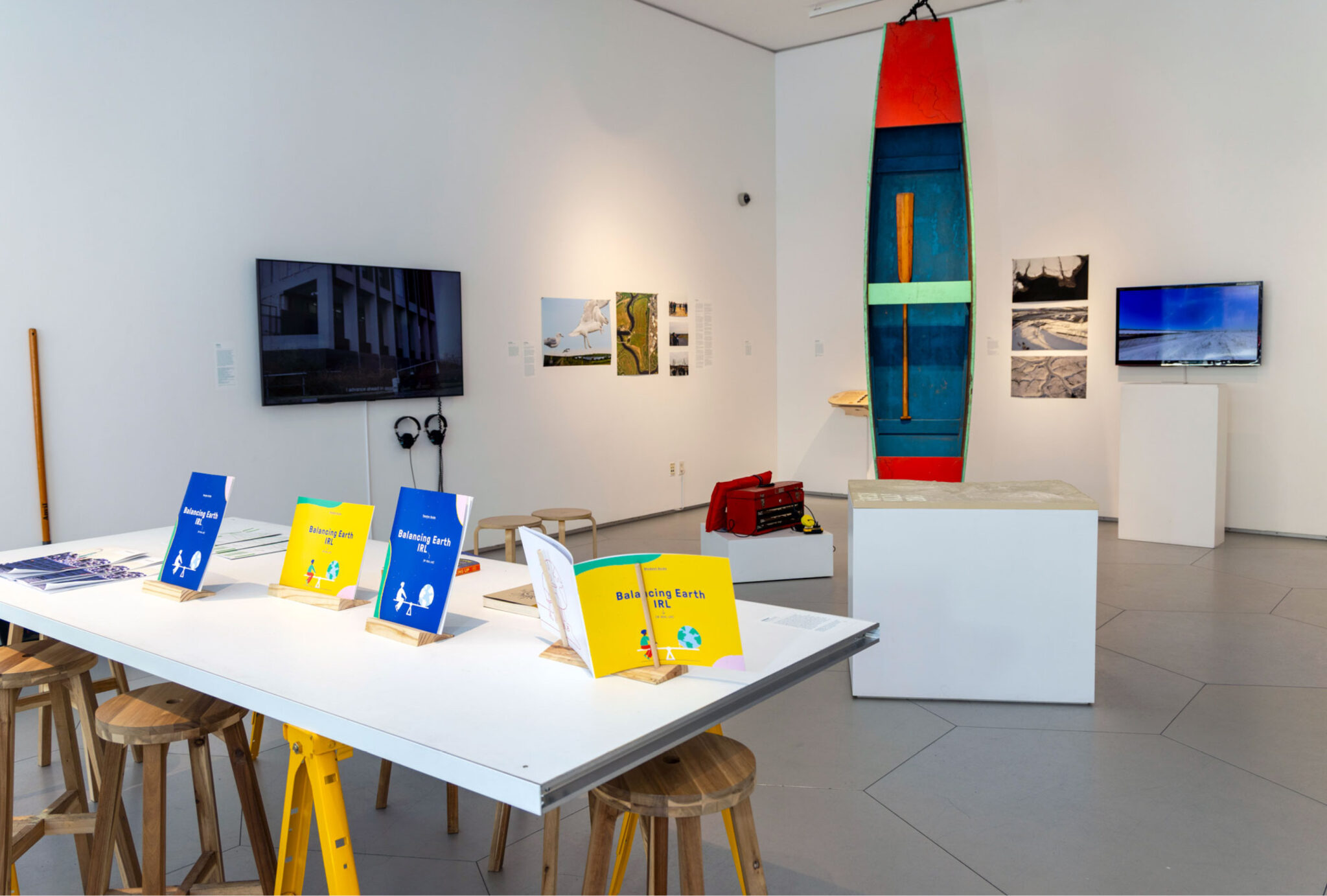
In Plain ViewArt & Architecture
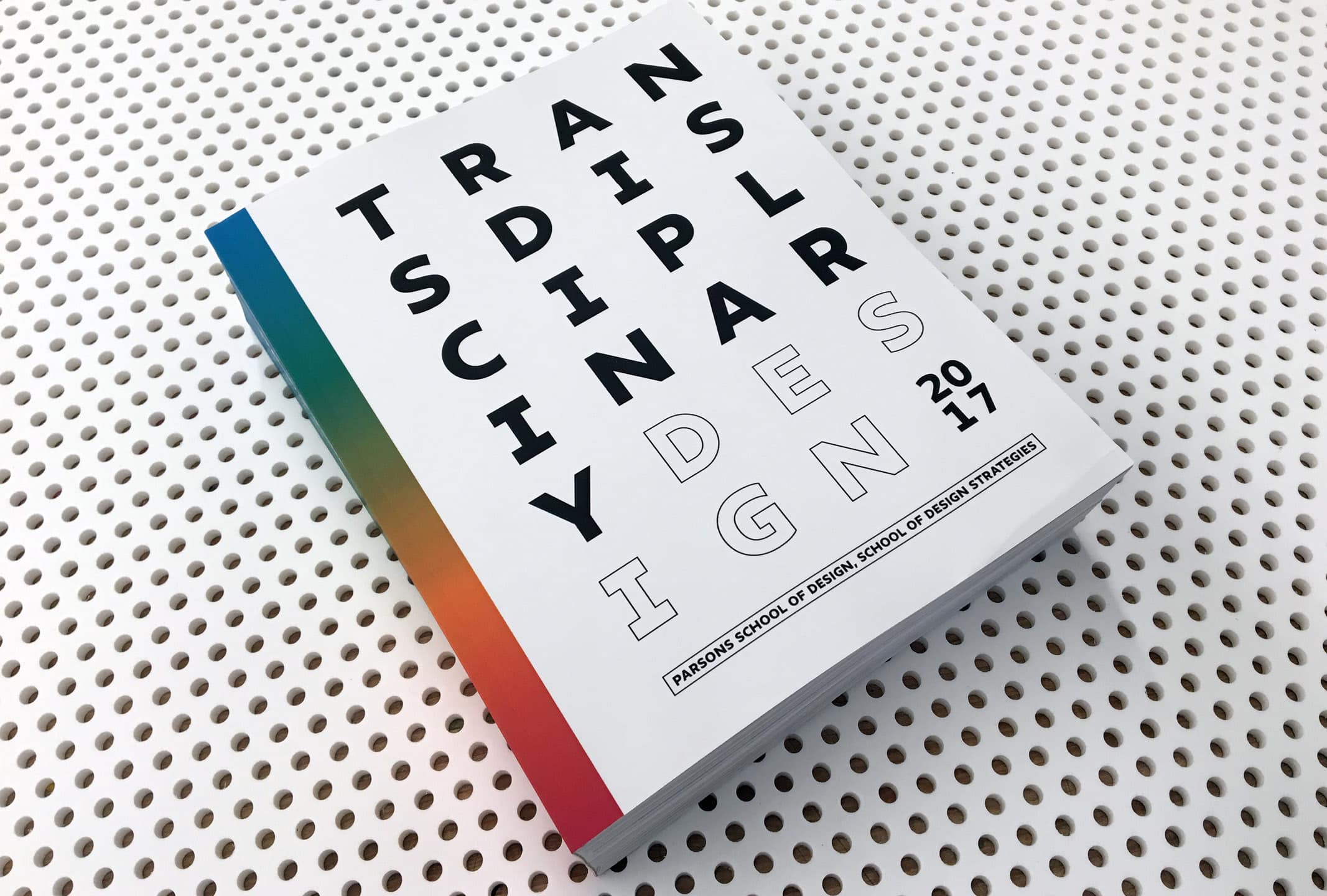
Transdisciplinary DesignEducation

Green Week at PrattEnvironment
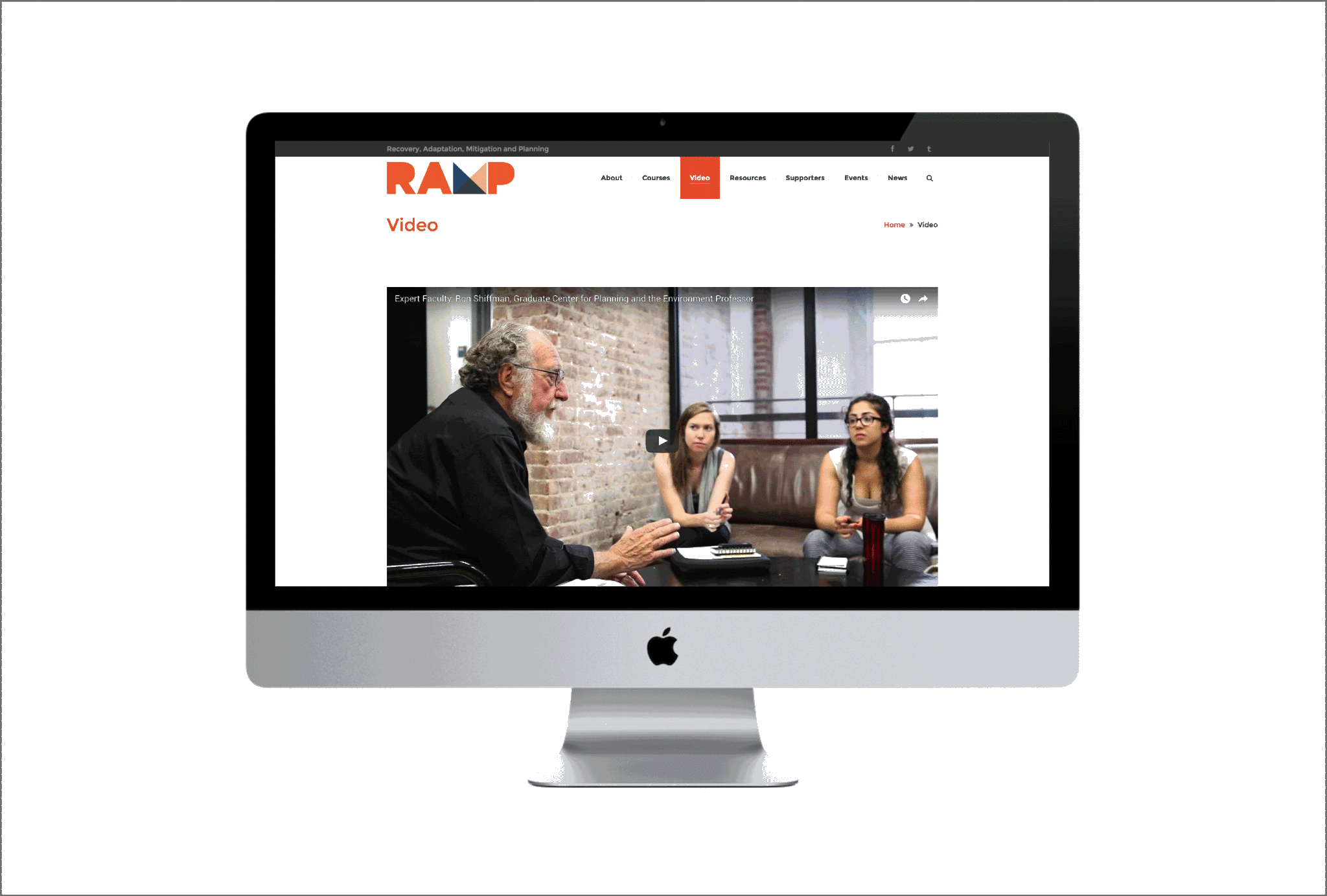
R.A.M.P.Environment
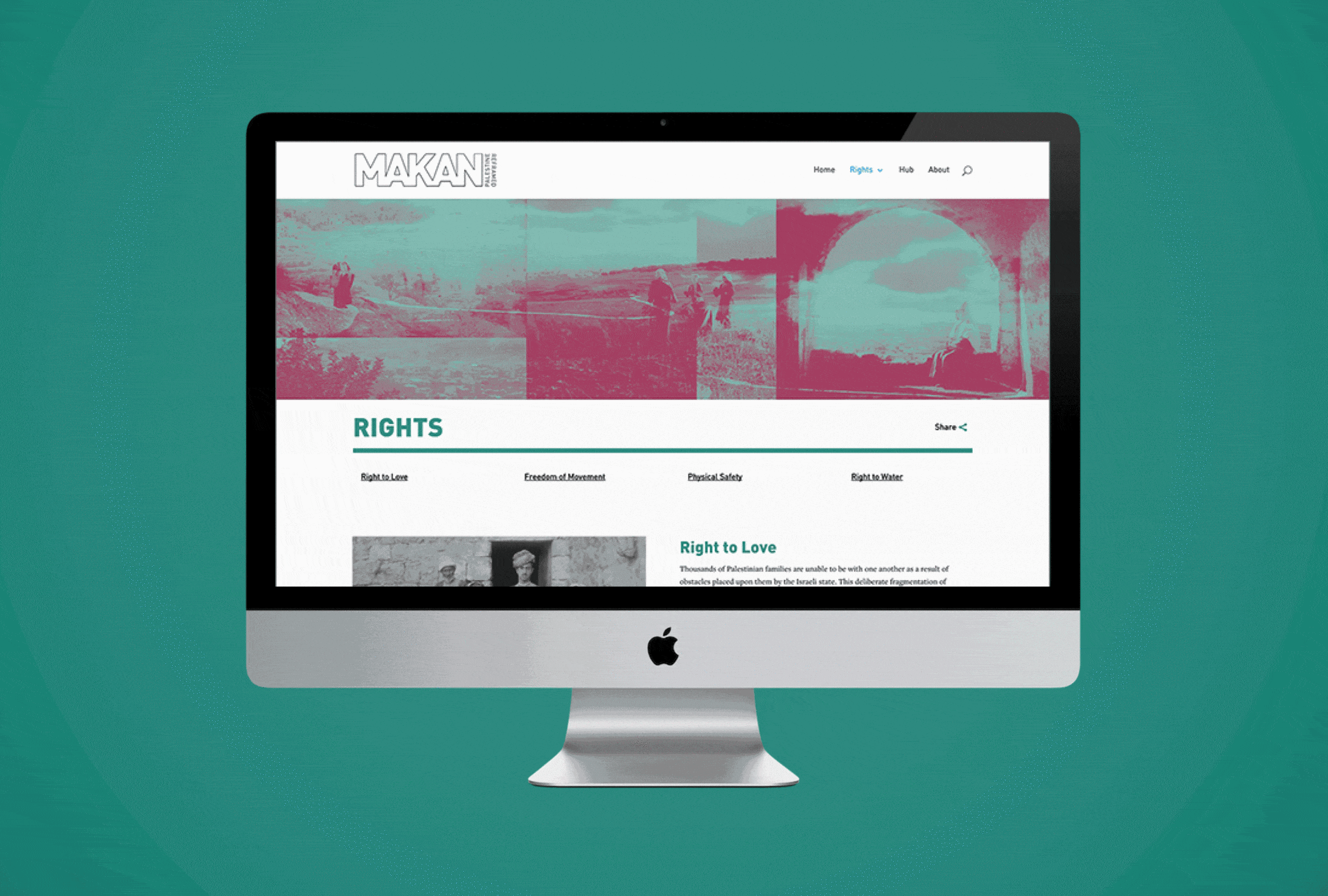
Palestine ReframedCivic

50 Years of MedicareEducation
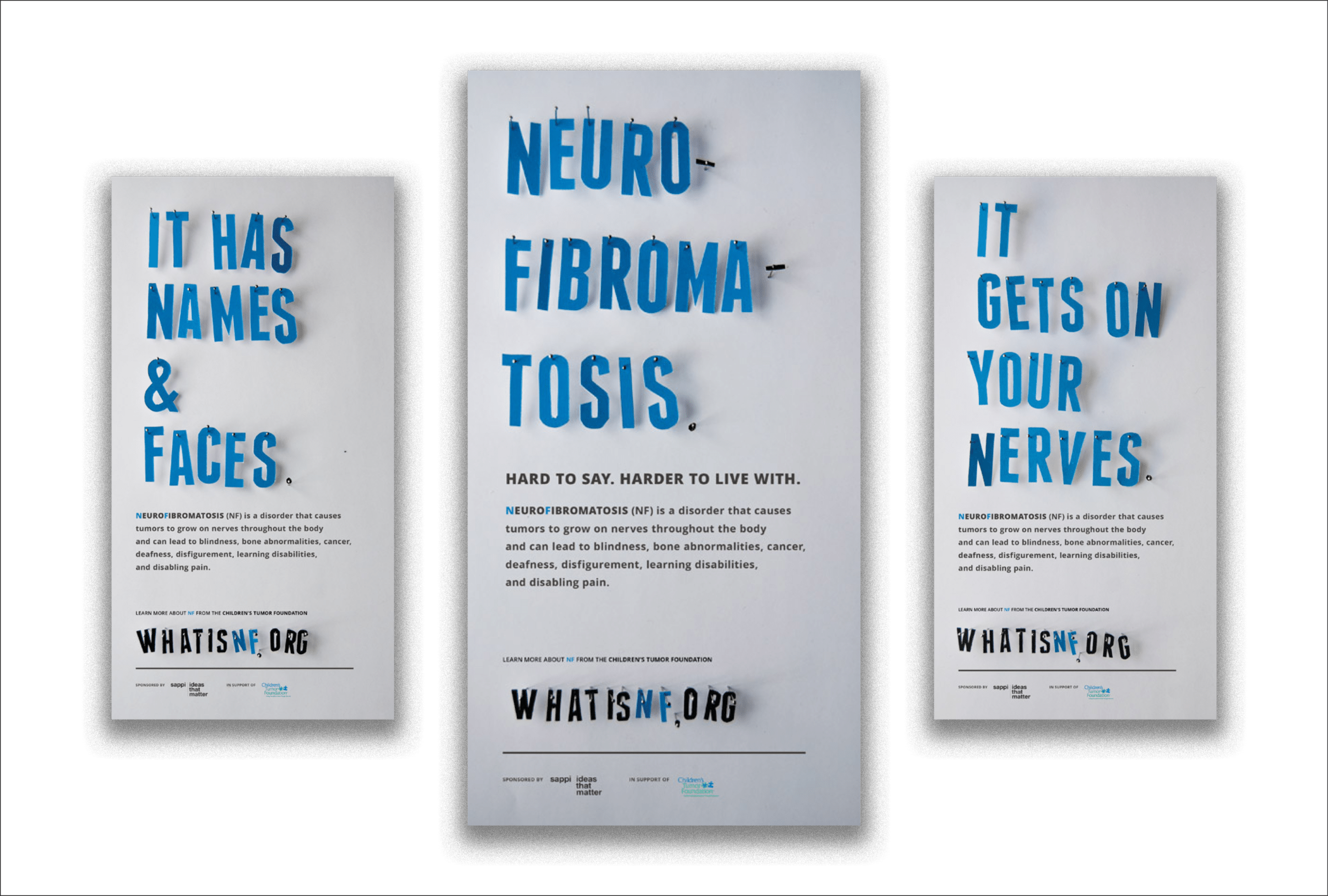
What is NF?Education
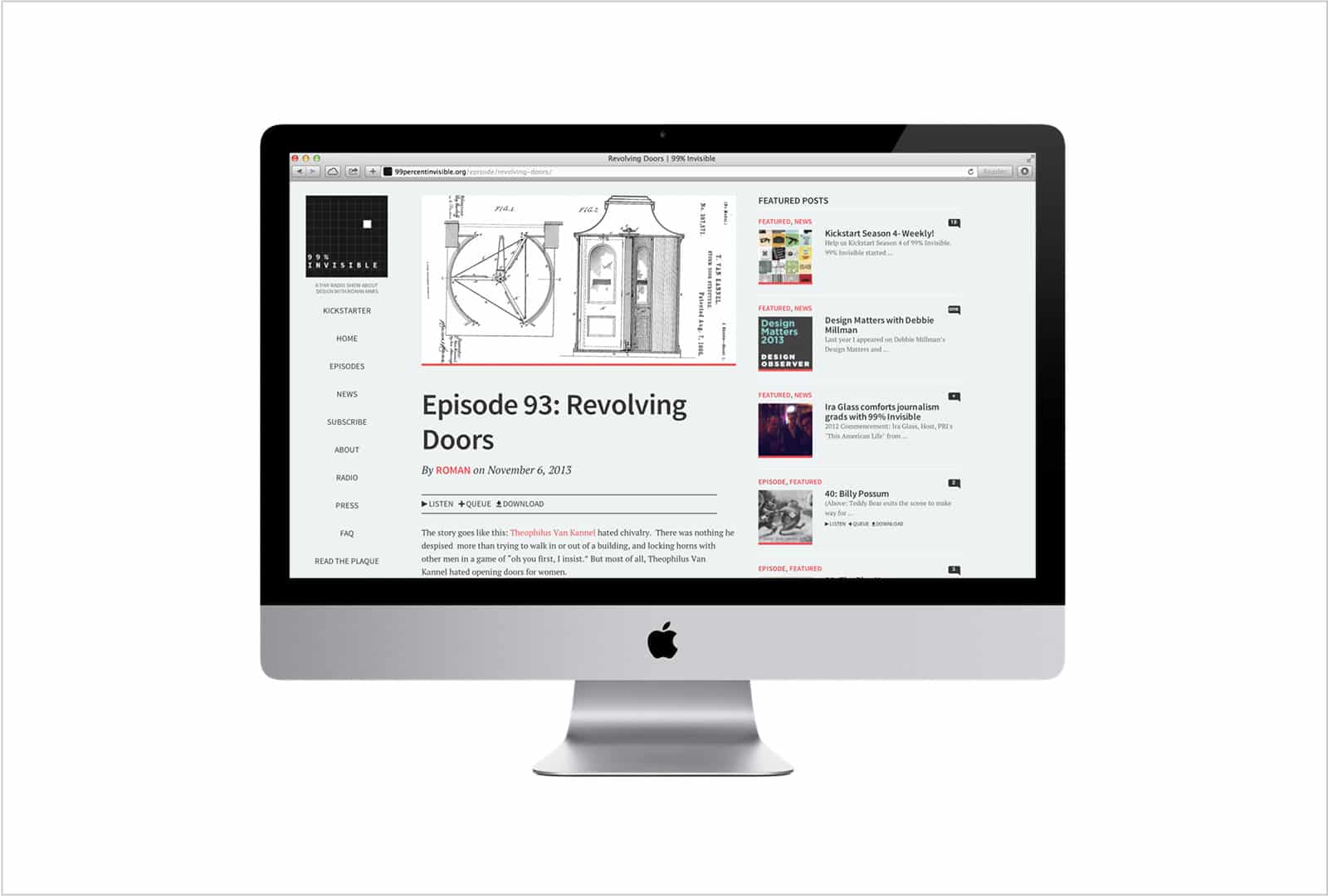
Revolving DoorsEnvironment
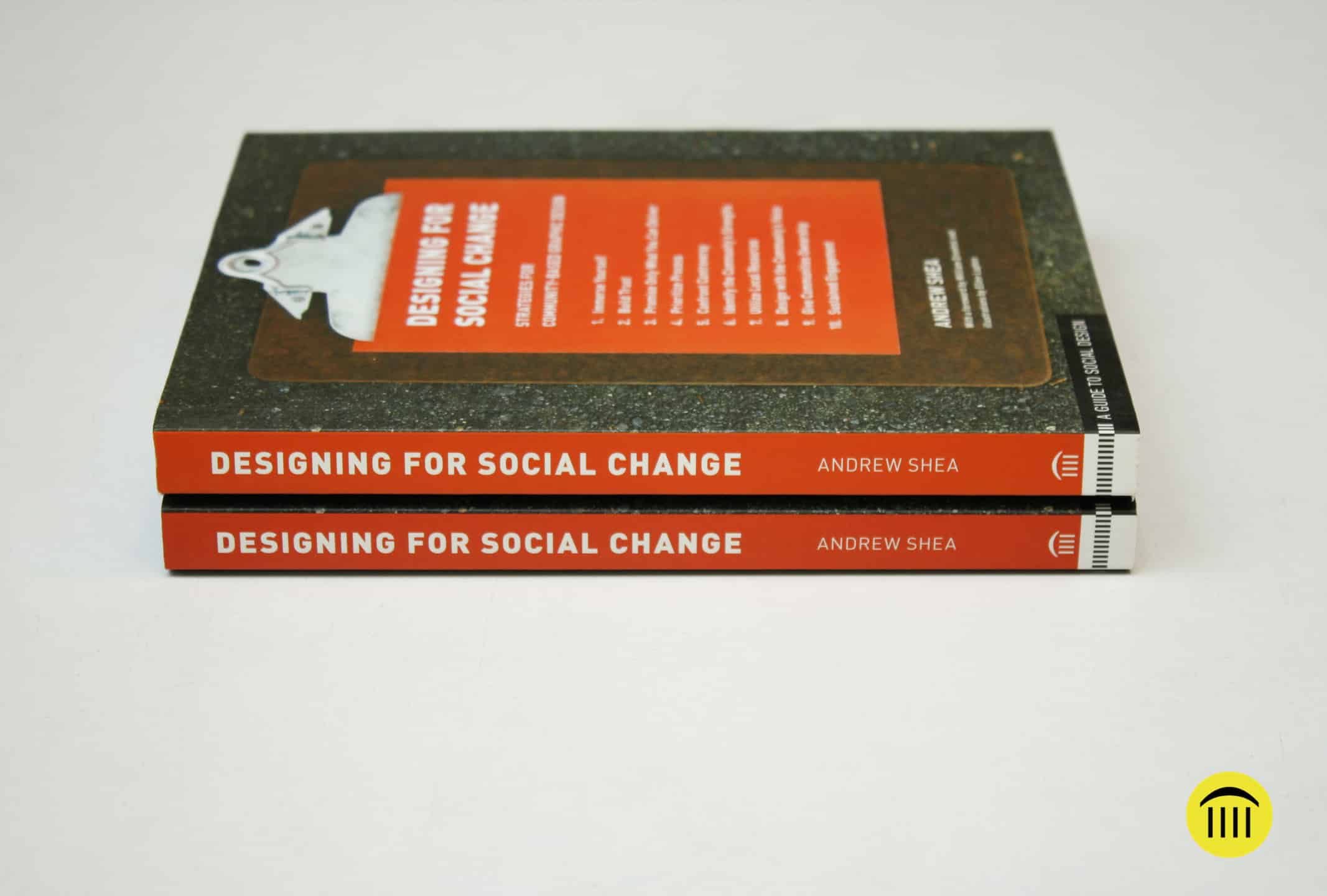
Designing for Social ChangeStrategic Design
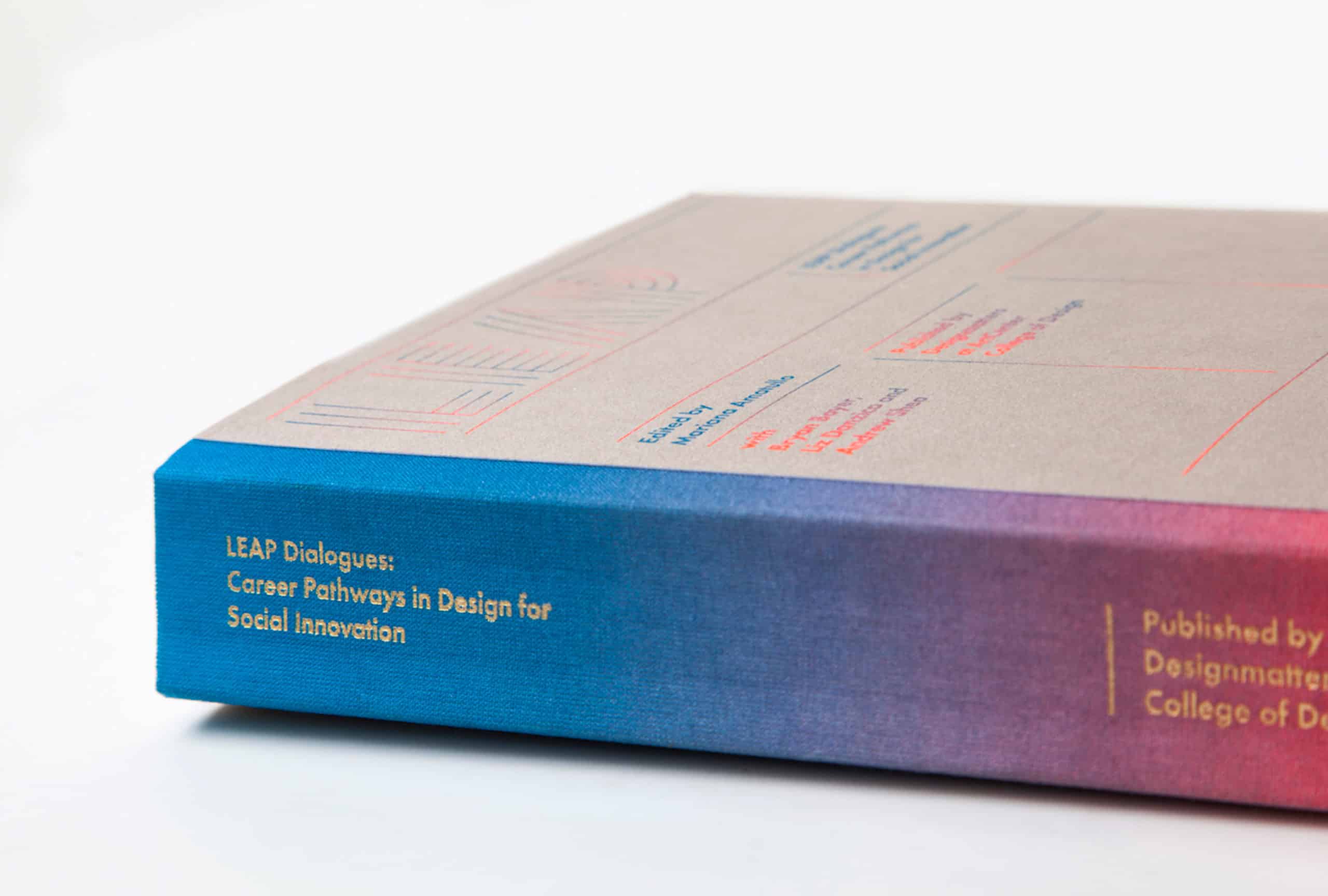
LEAP DialoguesStrategic Design
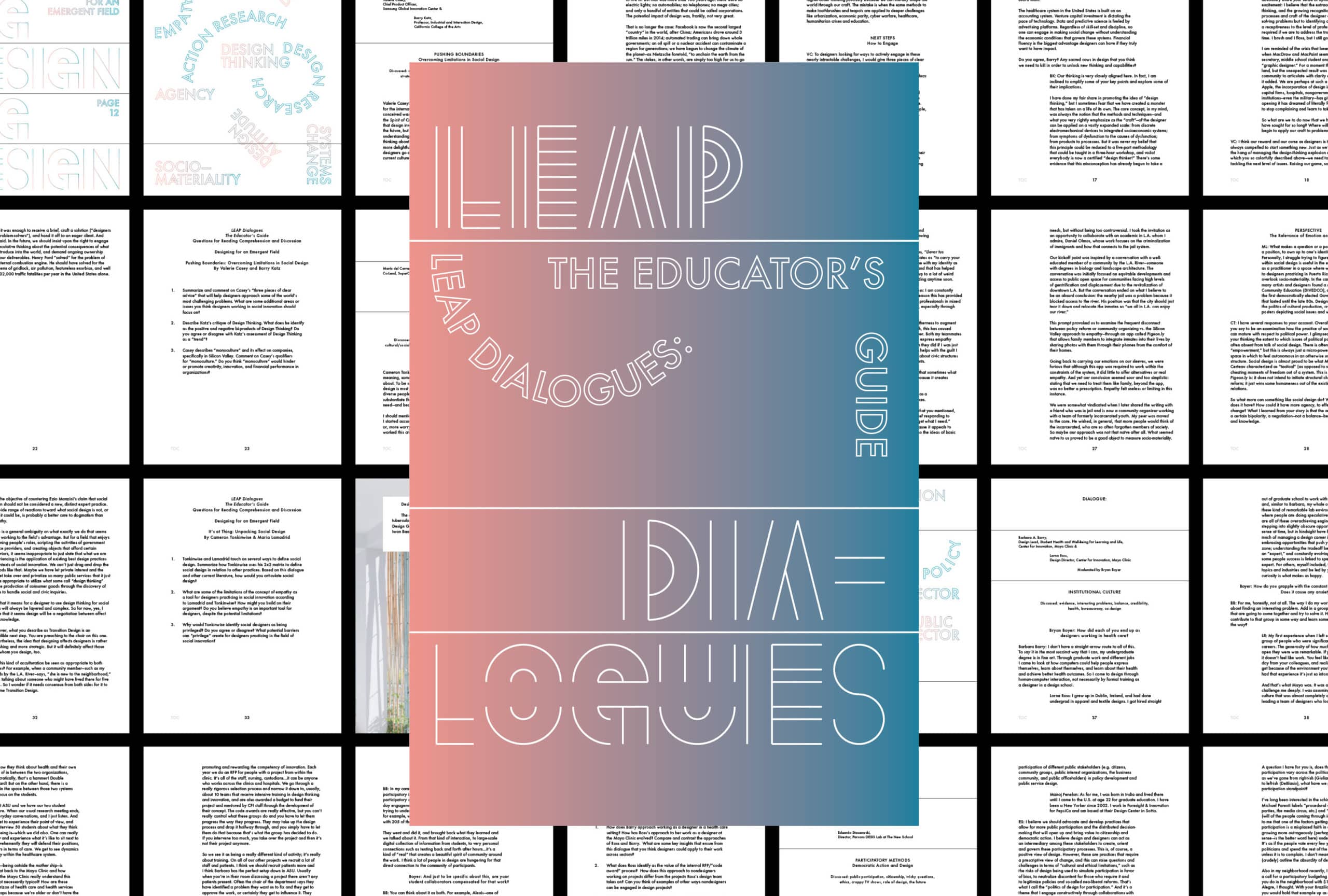
LEAP Educator's GuideStrategic Design
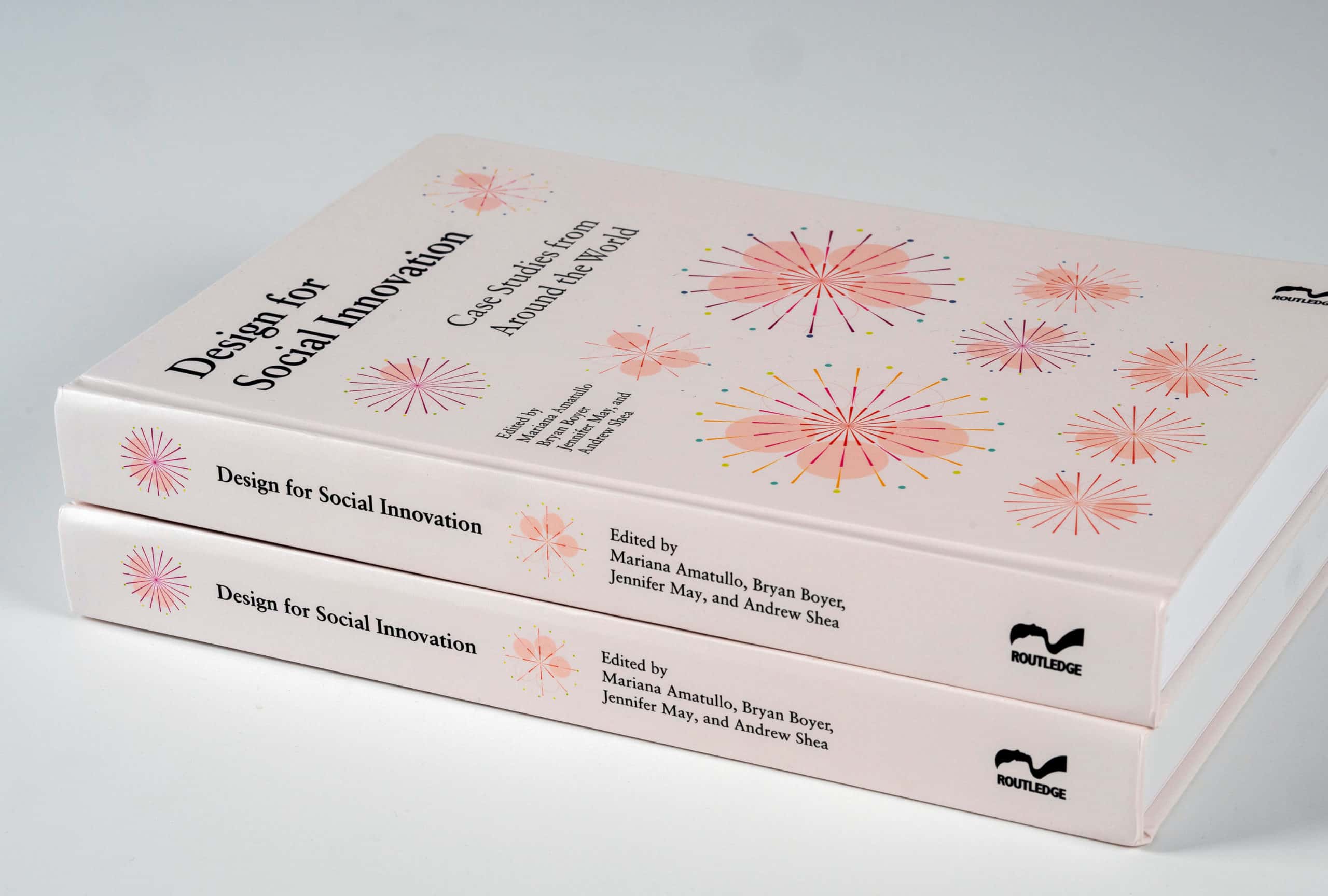
Design for Social InnovationStrategic Design
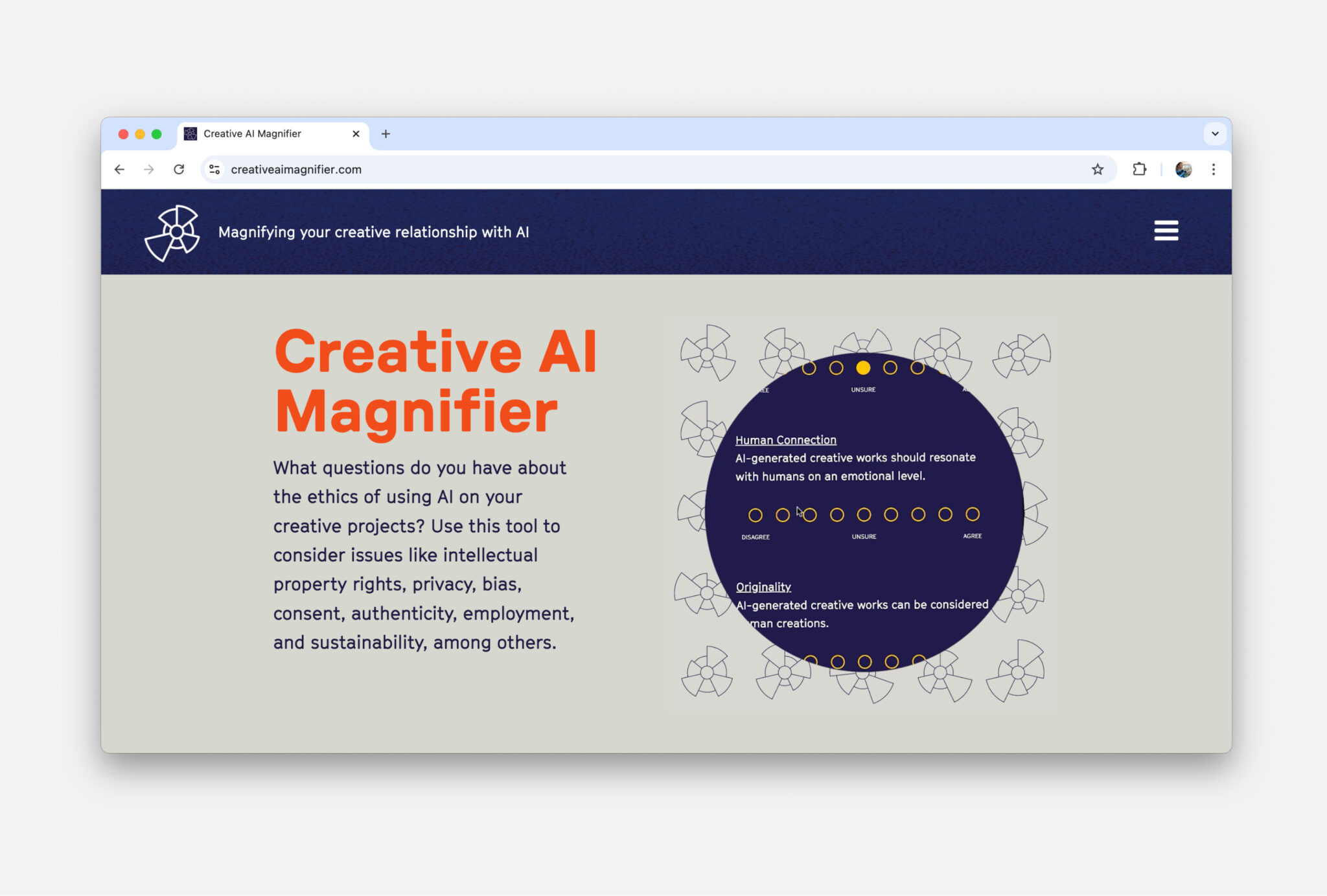
Creative AI MagnifierStrategic Design
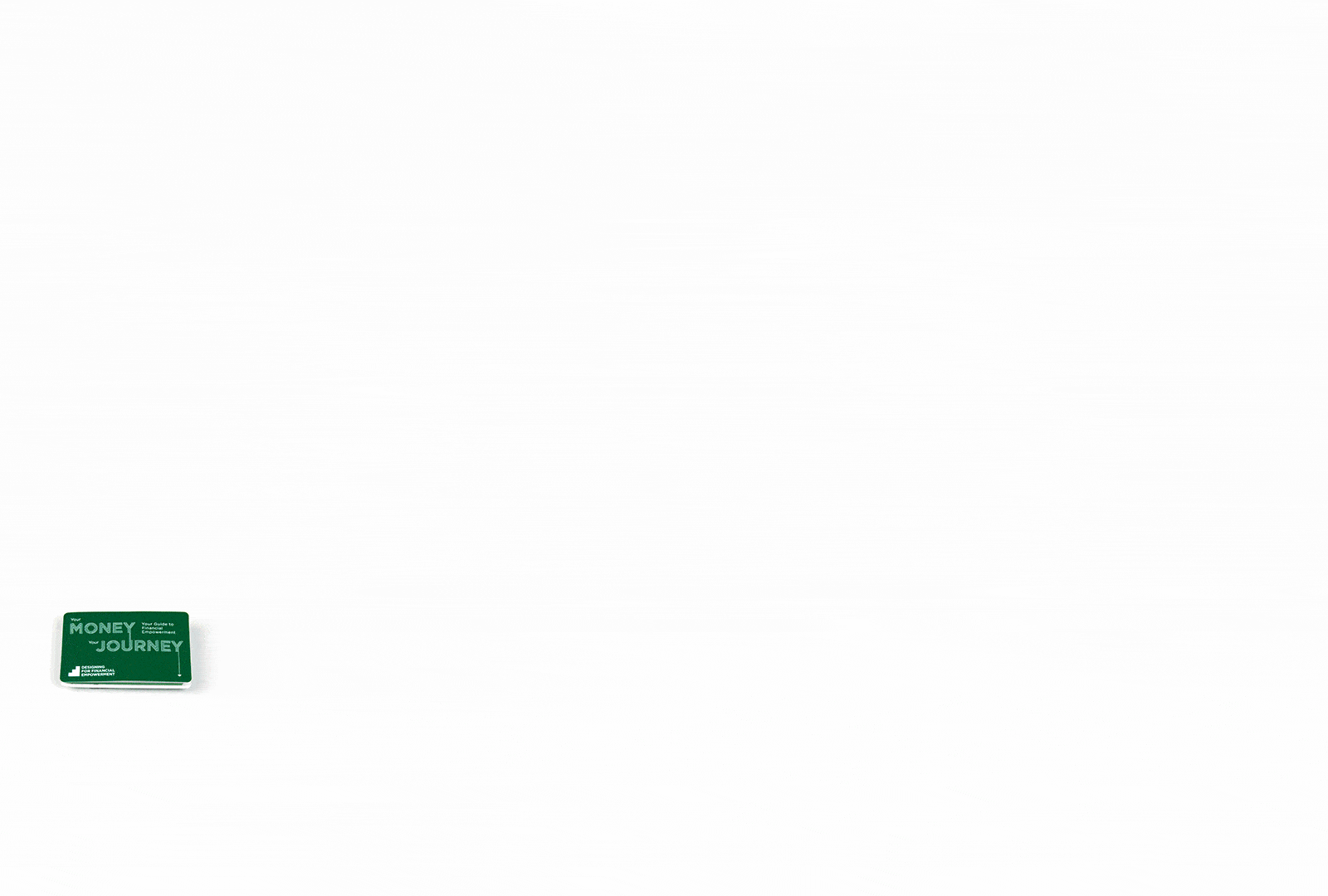
Financial CounselingCivic
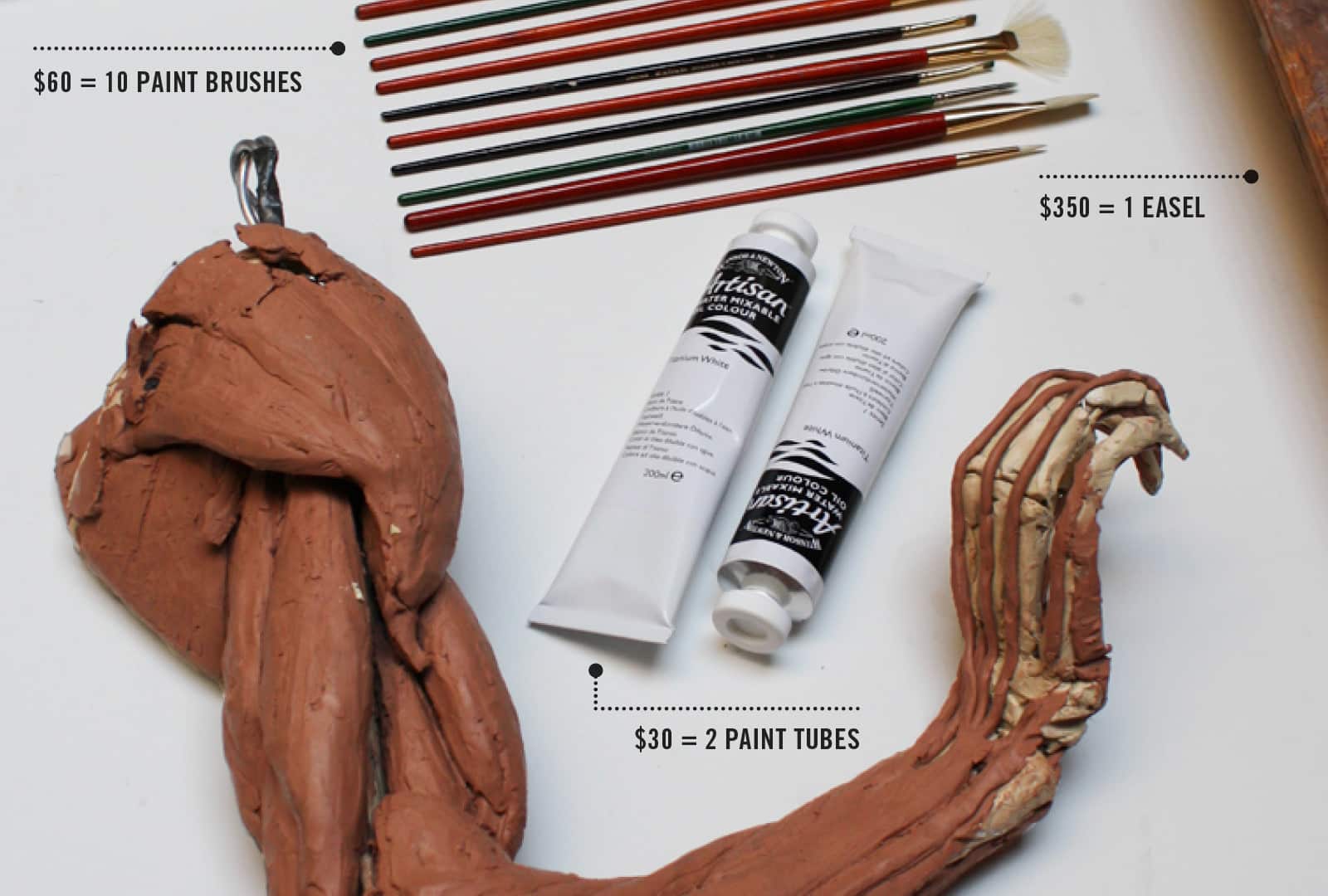
New York Academy of ArtArt & Architecture

Inwood Academy For LeadershipEducation

Human Impact StoriesArt & Architecture
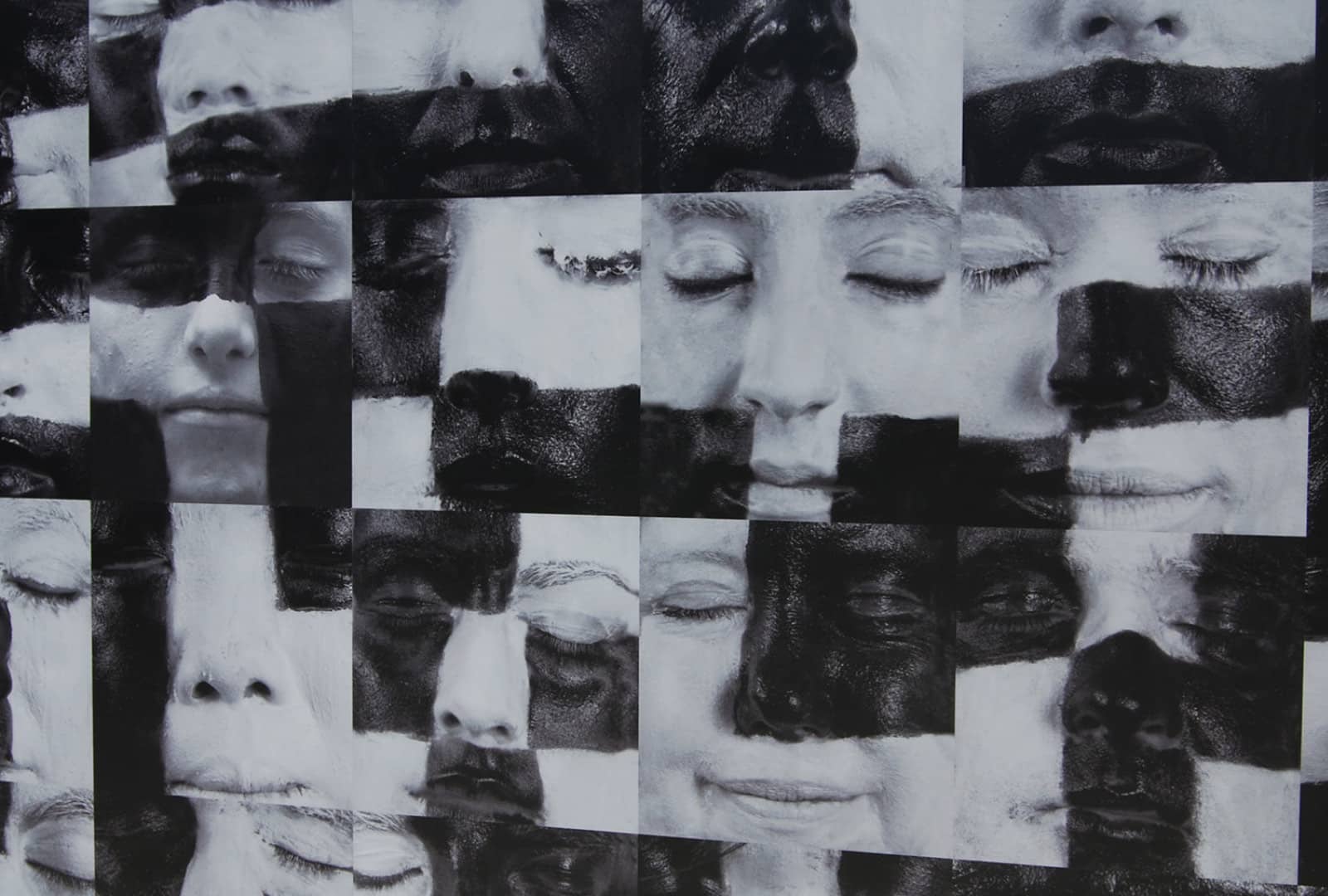
U R QRArt & Architecture
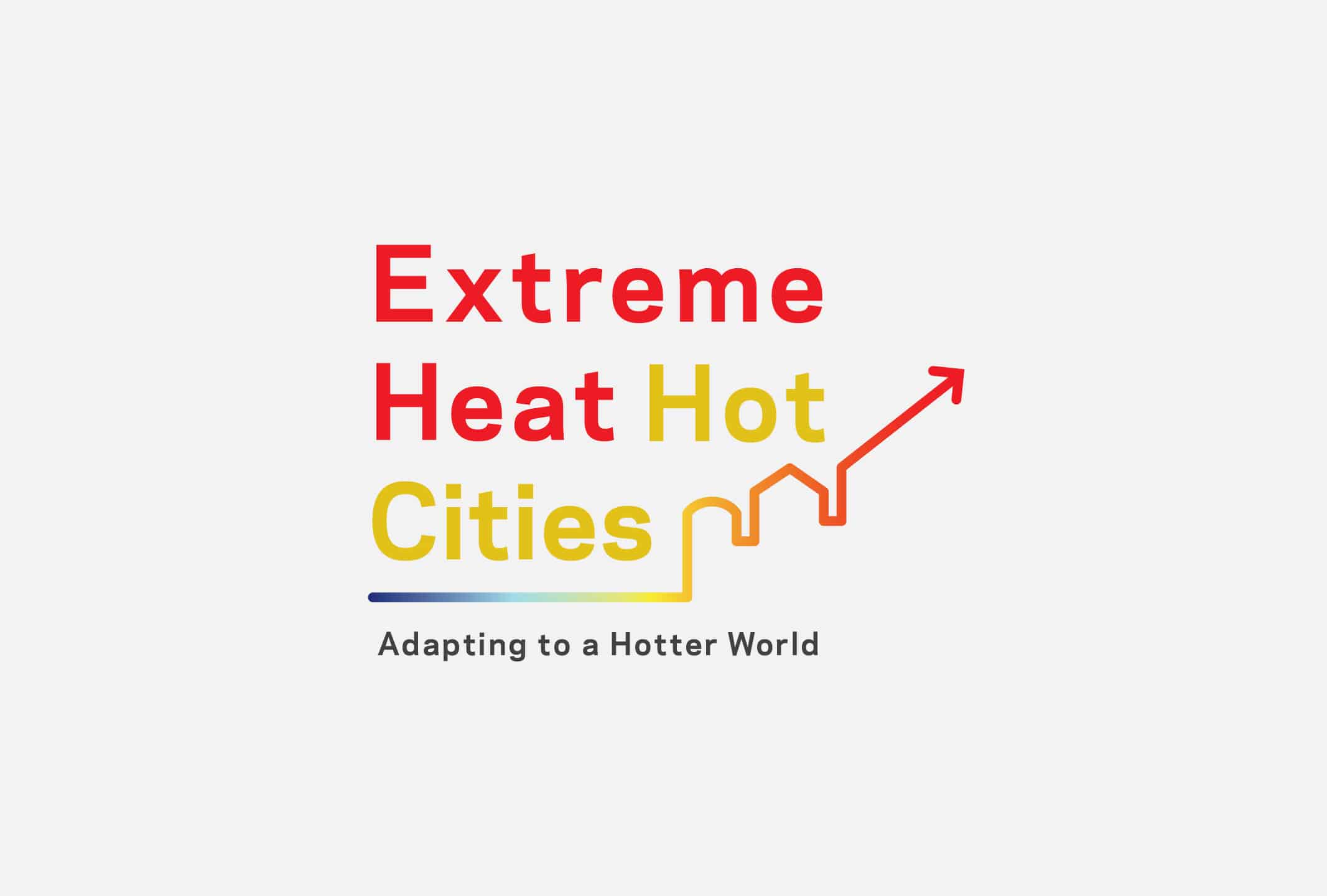
Extreme Heat Hot CitiesEnvironment

Federal Parity LawCivic

Works on WaterArt & Architecture

Pacama HandmadeArt & Architecture
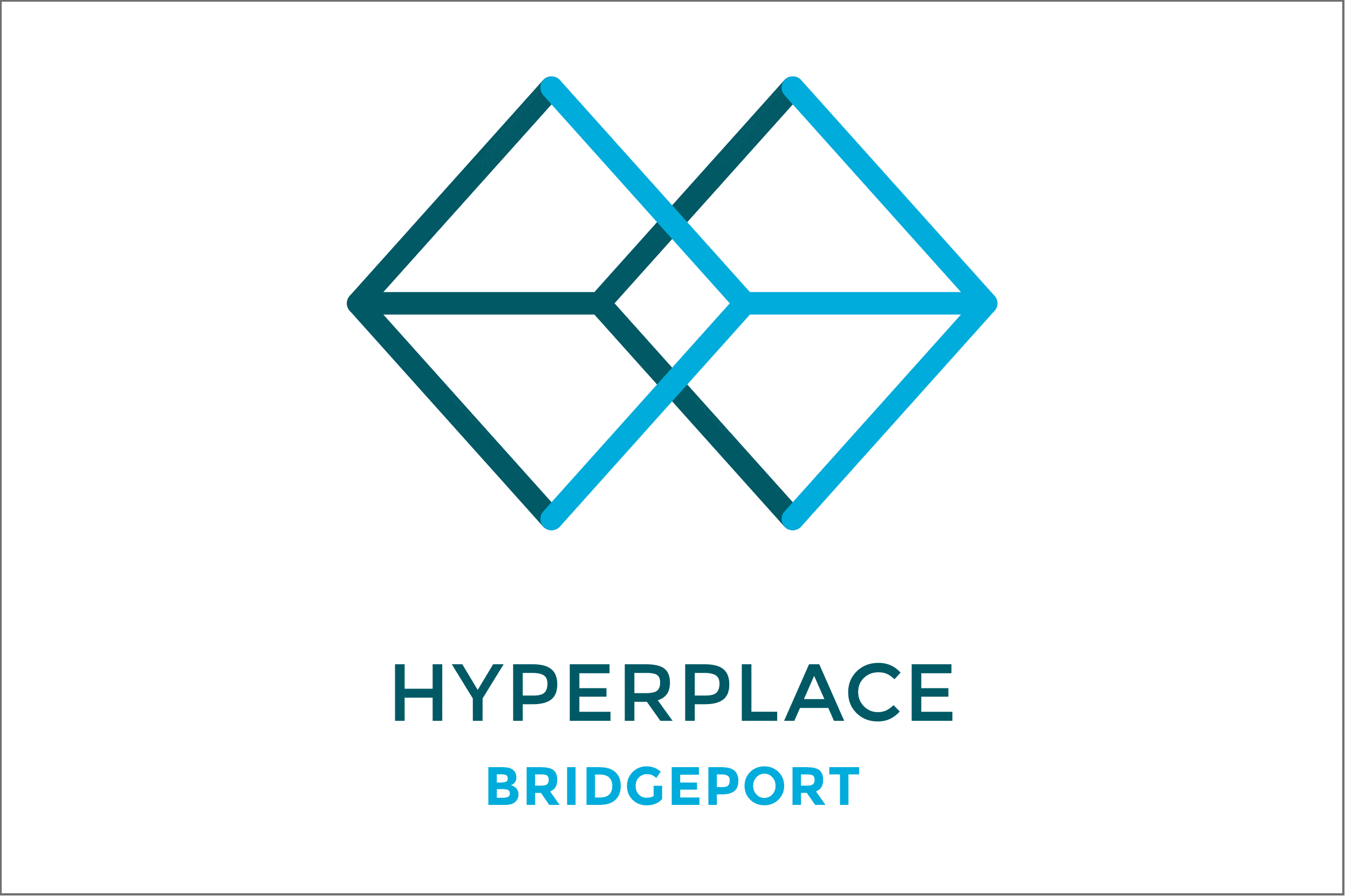
Hyperplace FestivalArt & Architecture
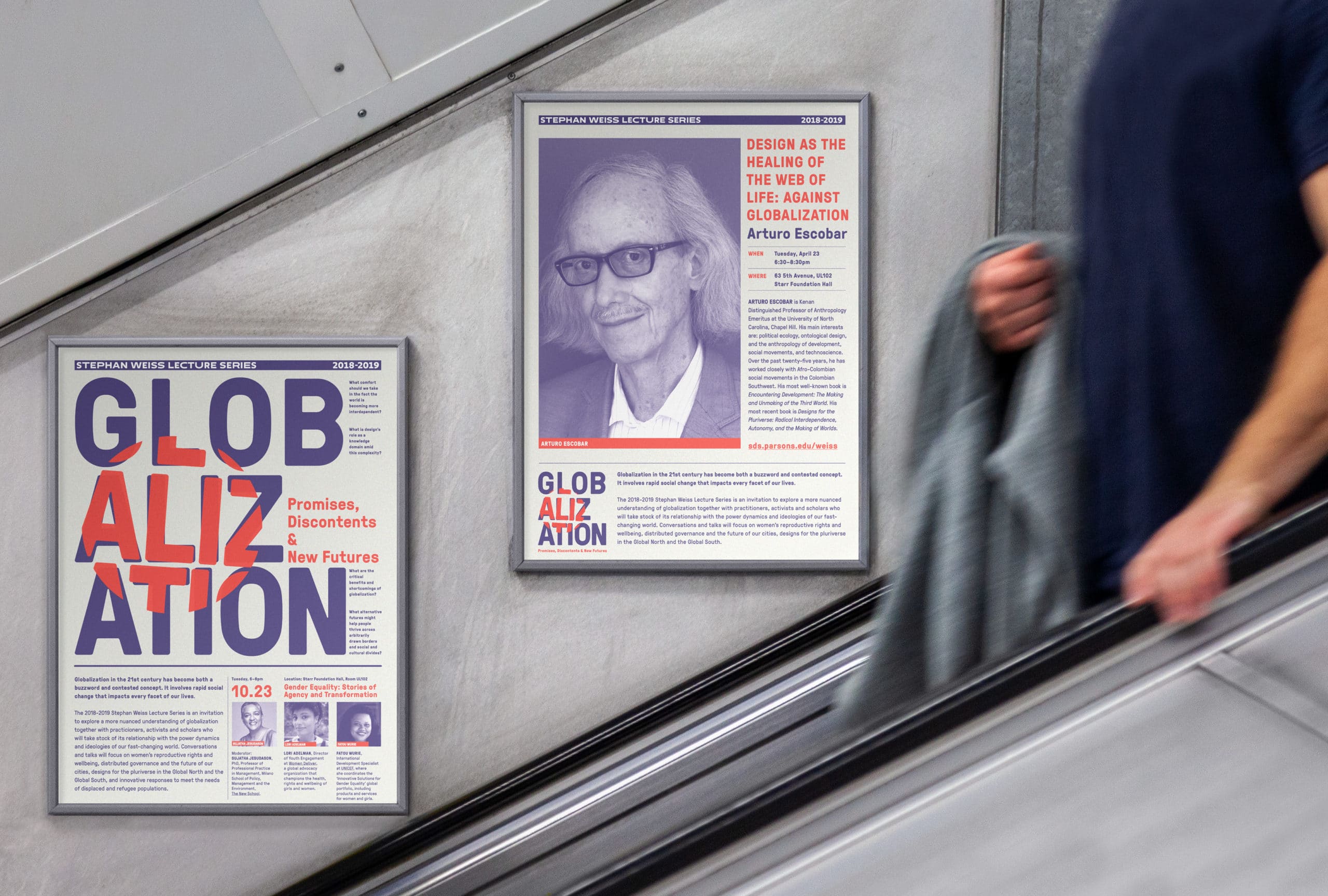
Weiss Lecture SeriesEducation
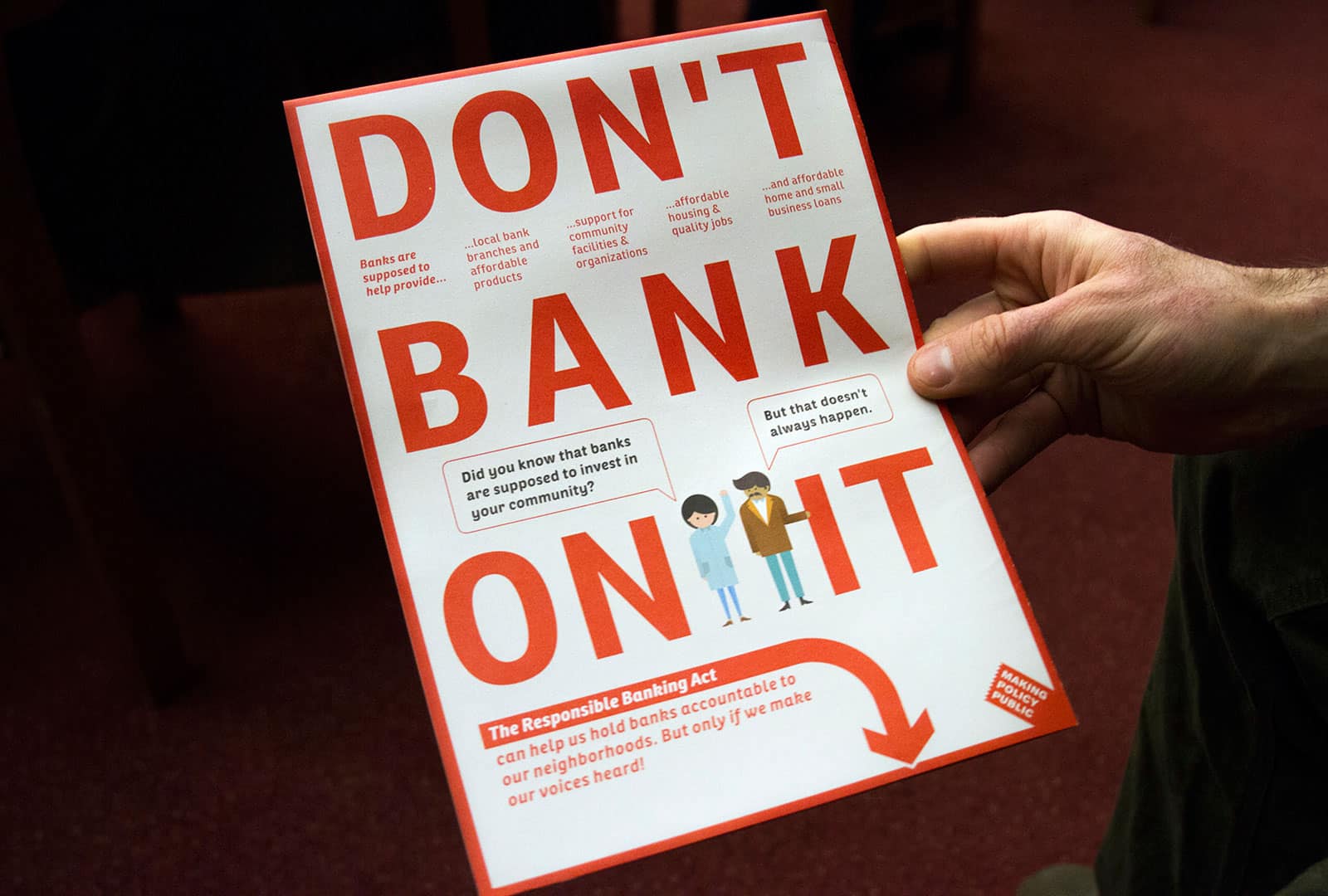
Don't Bank on ItCivic
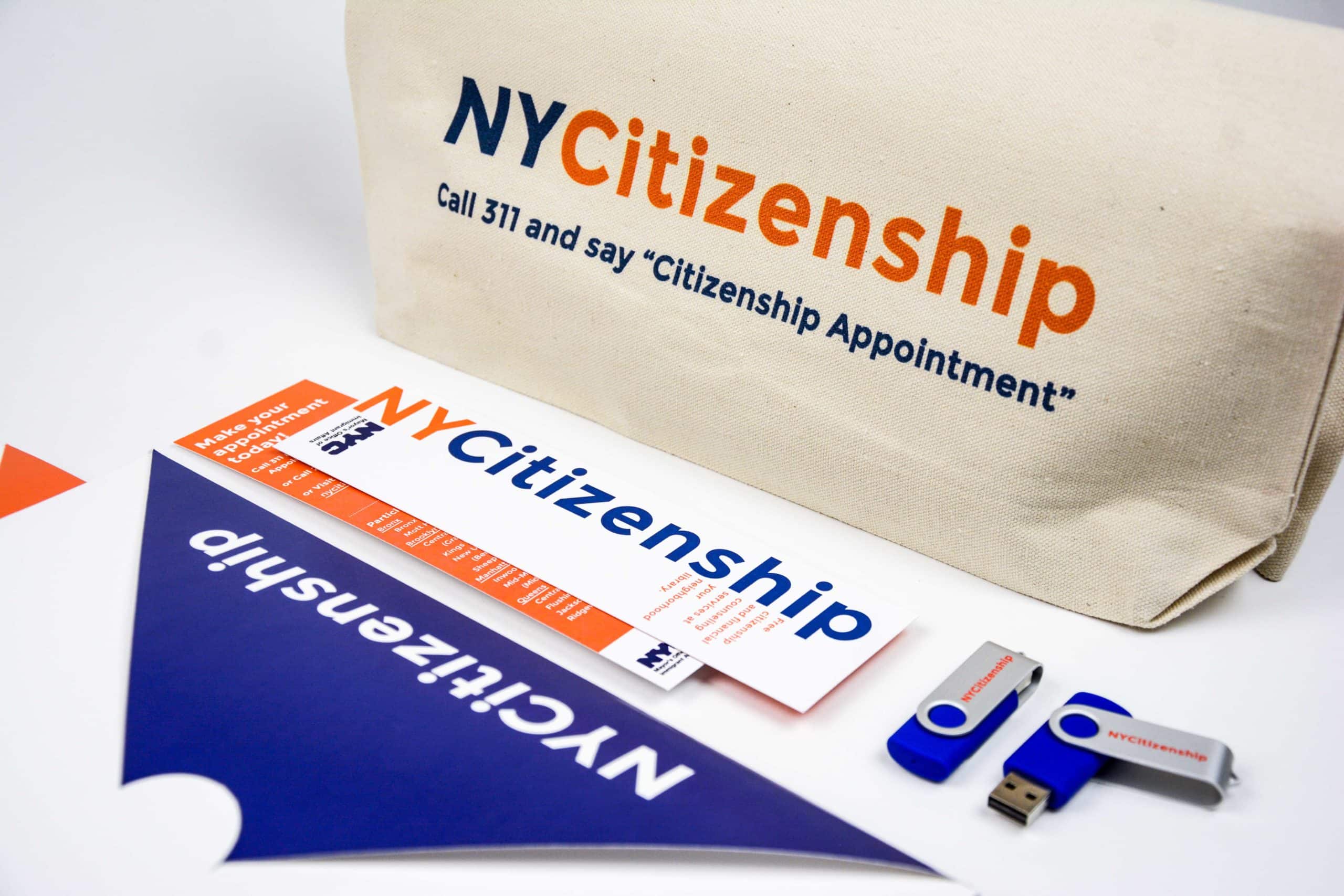
NYCitizenshipCivic

immiCivic
We design physical spaces, printed materials, collaborative experiences, and digital platforms to support creative communities and elevate civic, educational, and environmental initiatives.
2 West 13th Street
New York, NY
586 306 6323
© MANY Design

